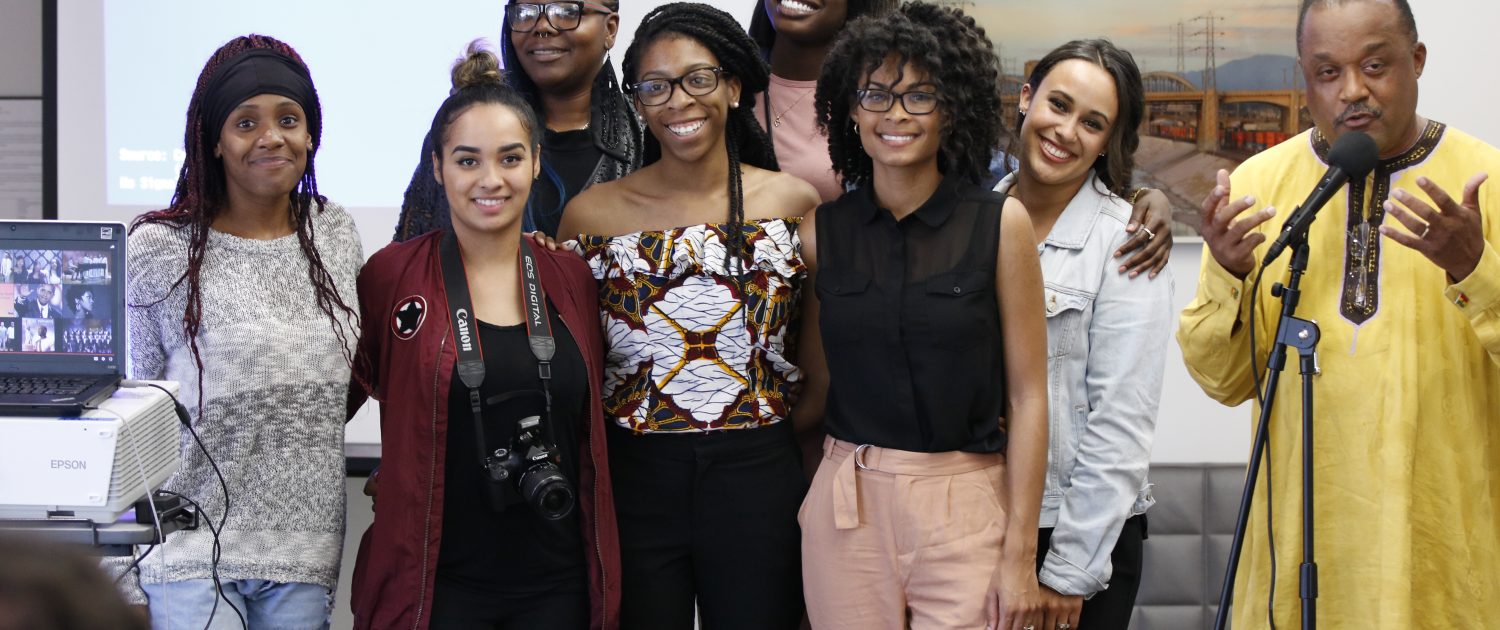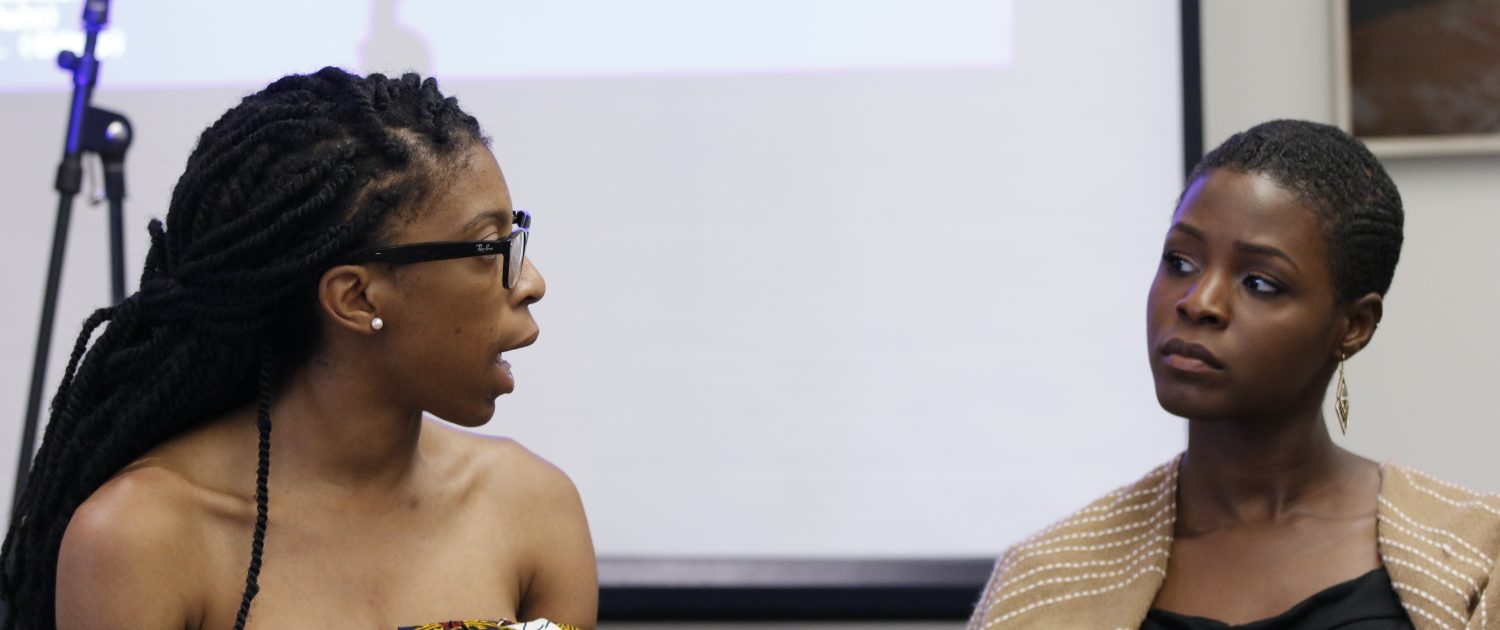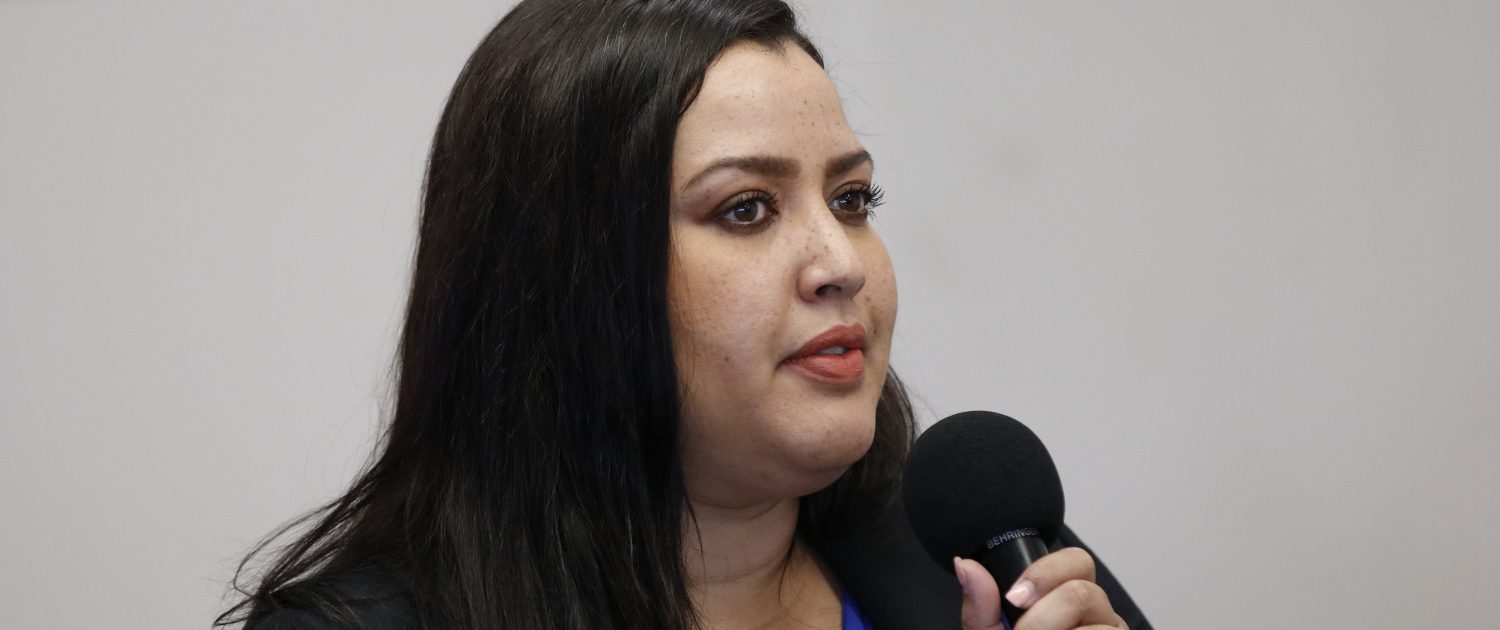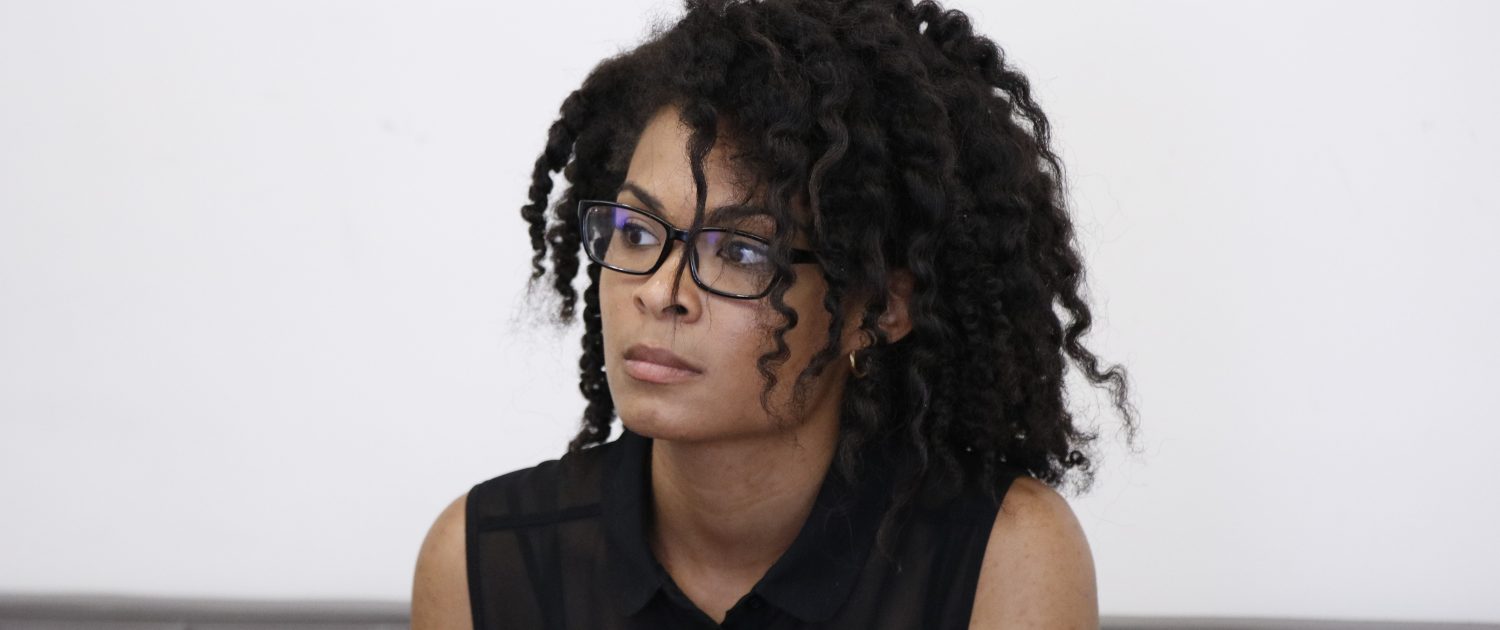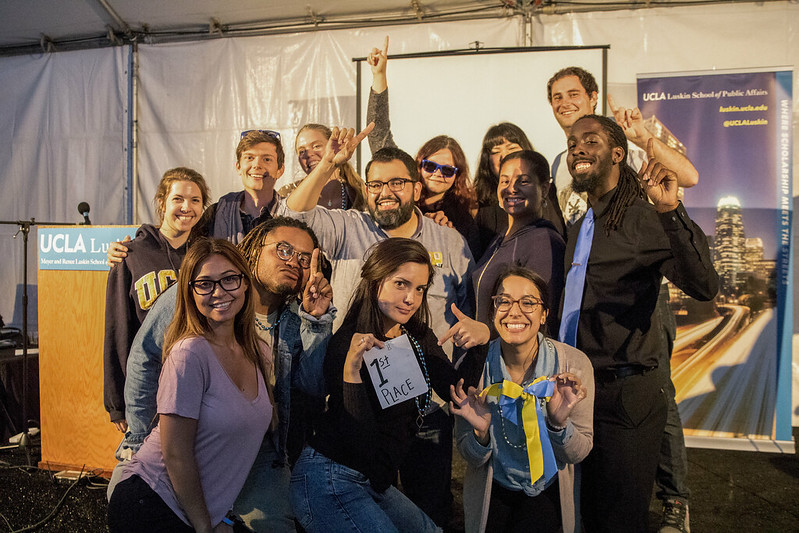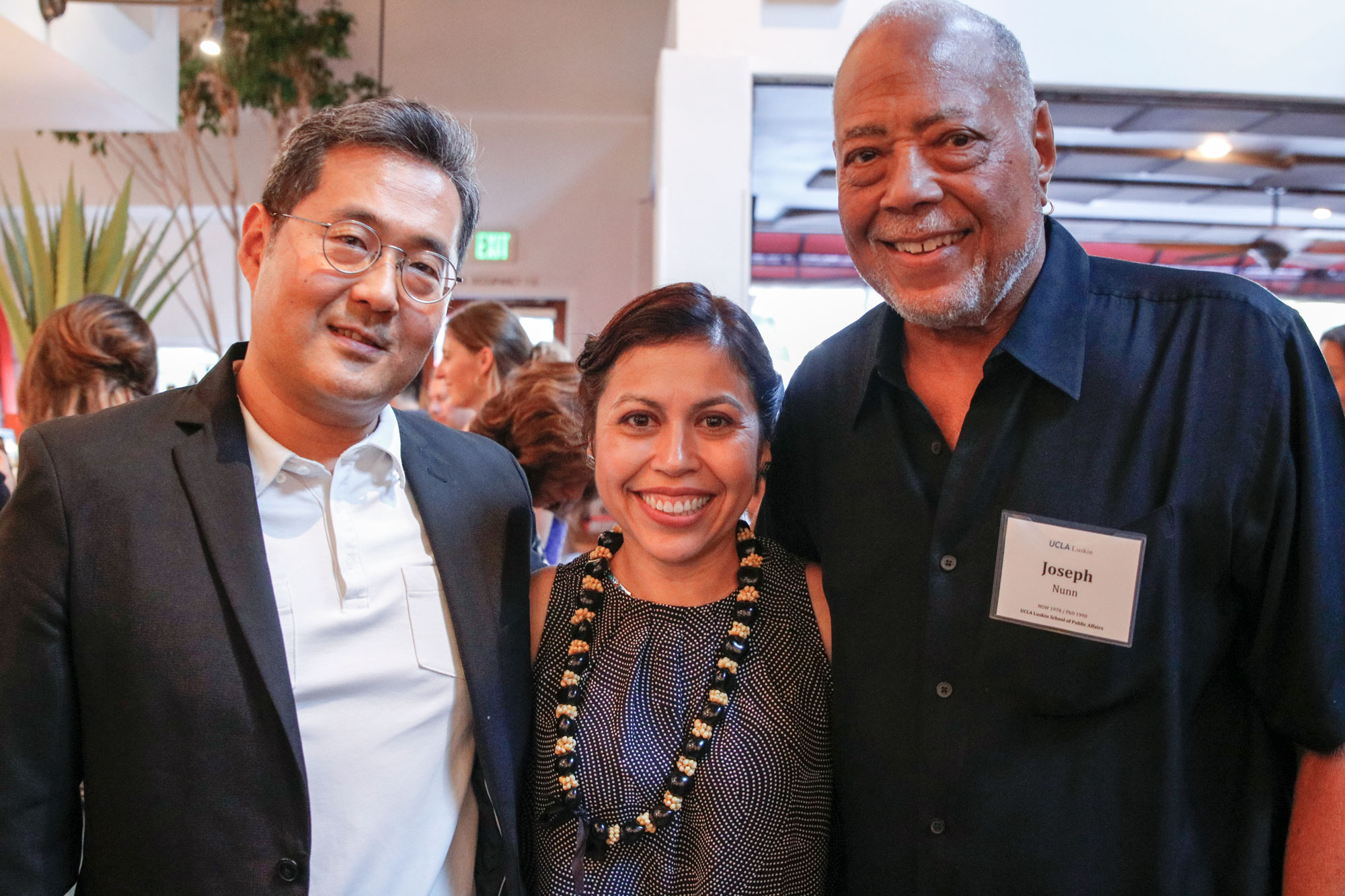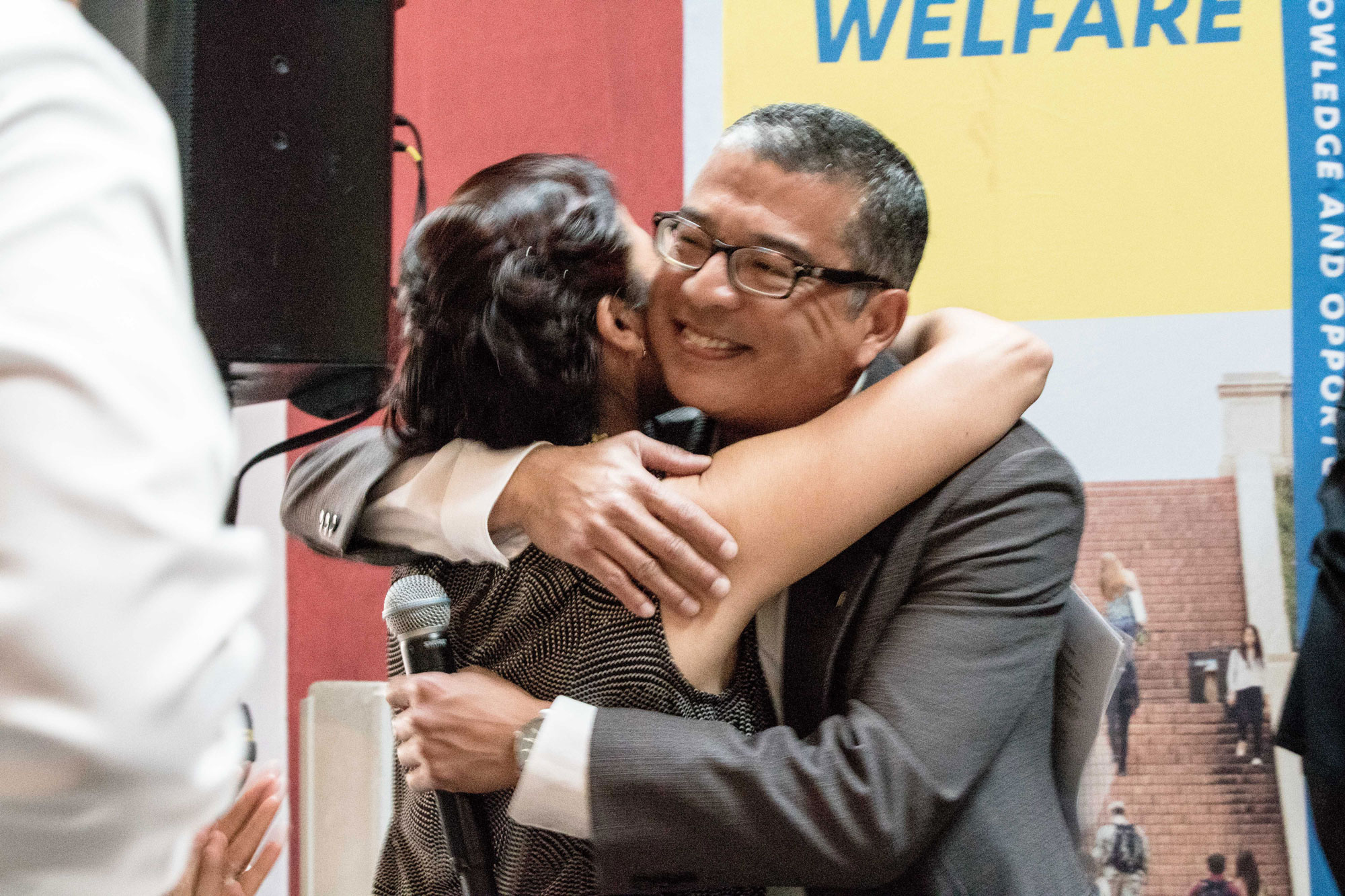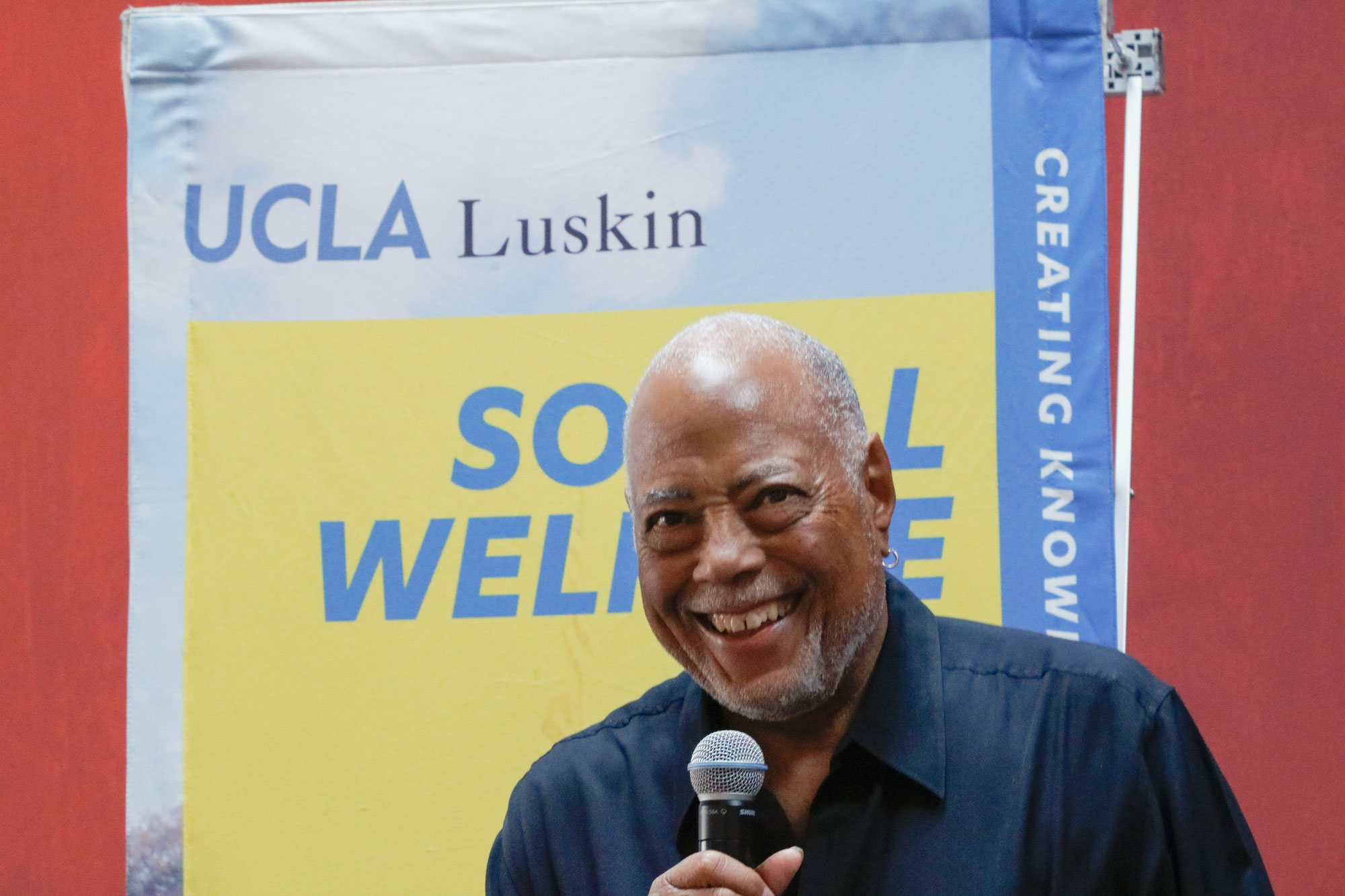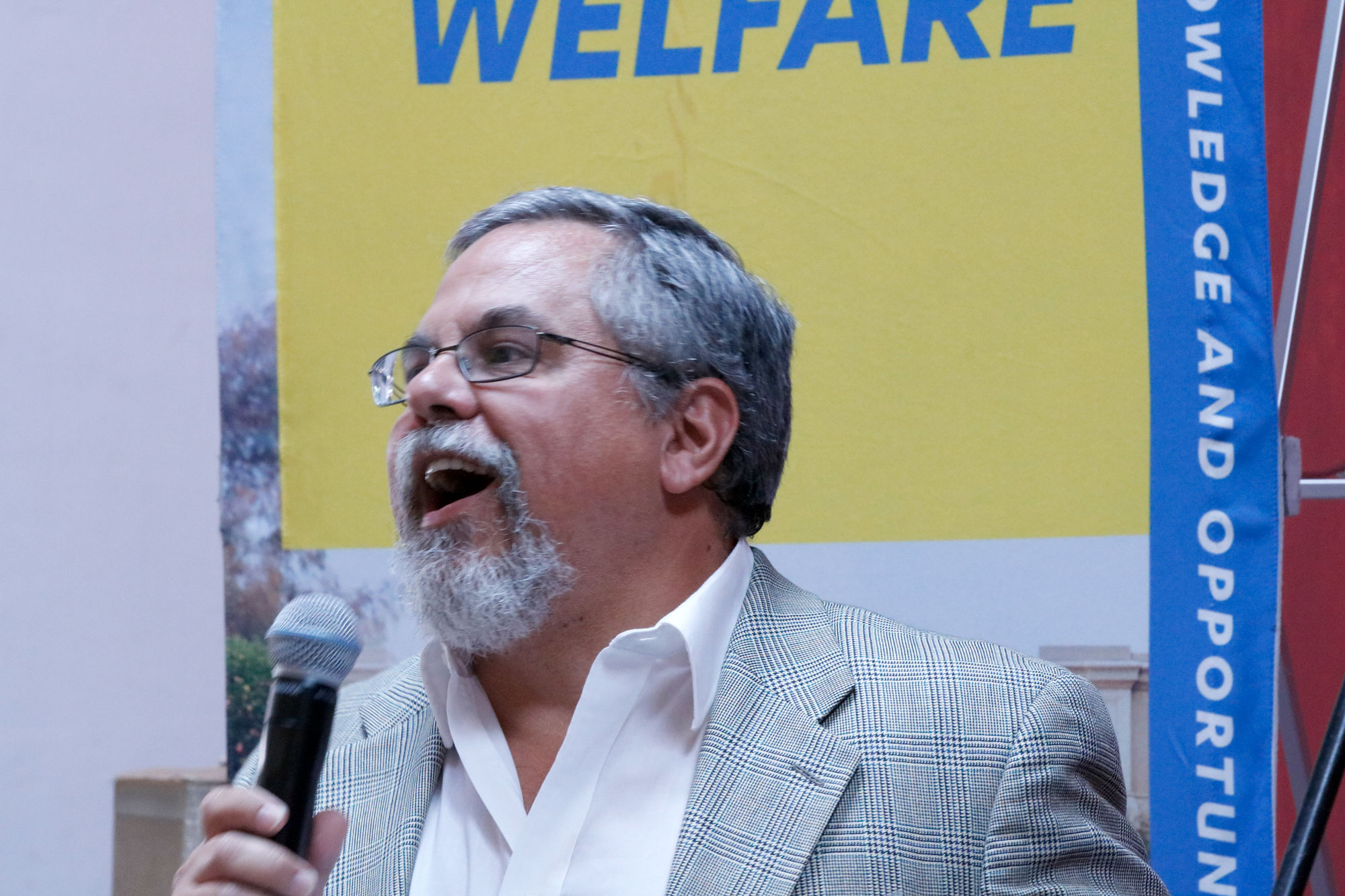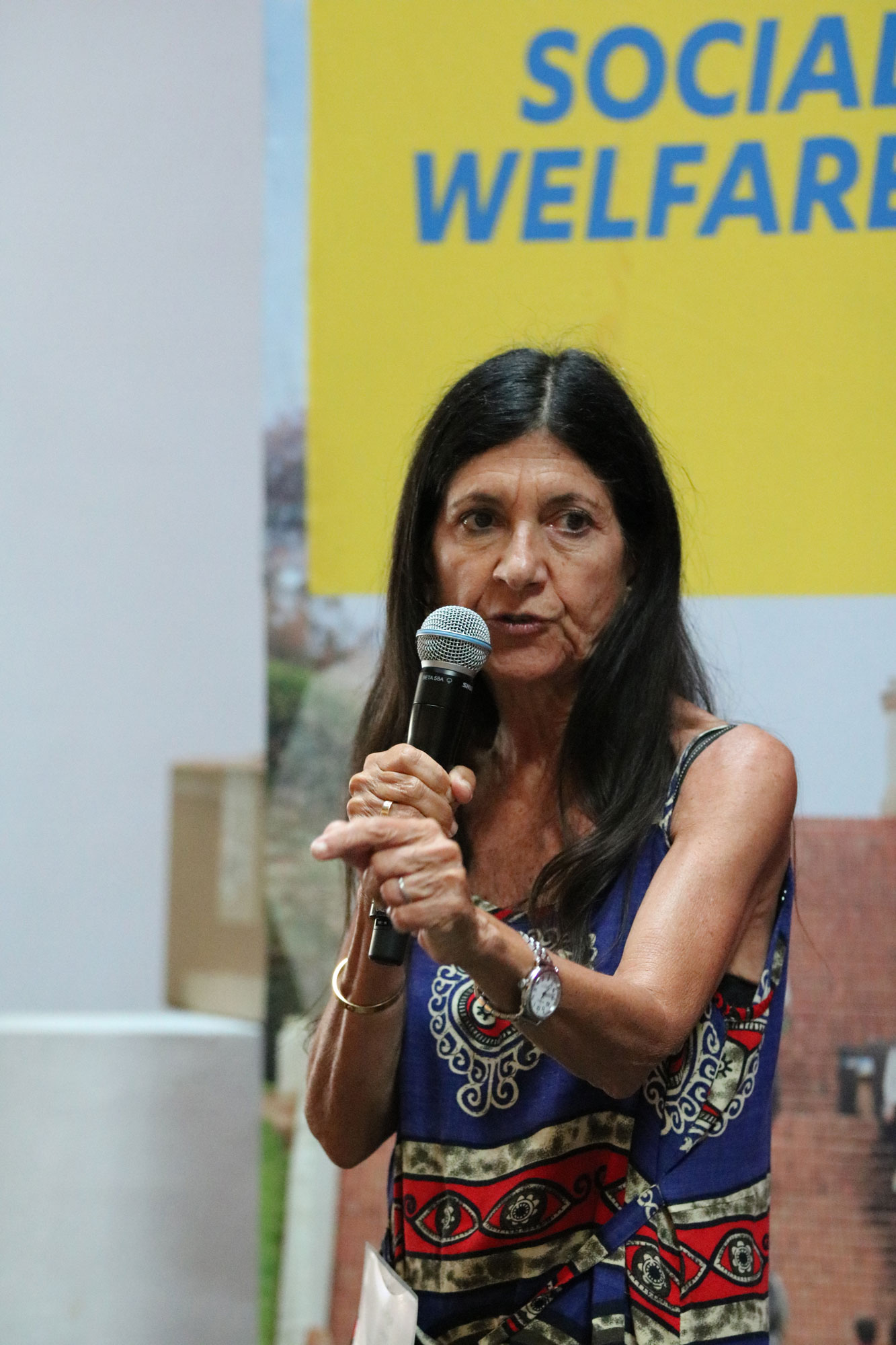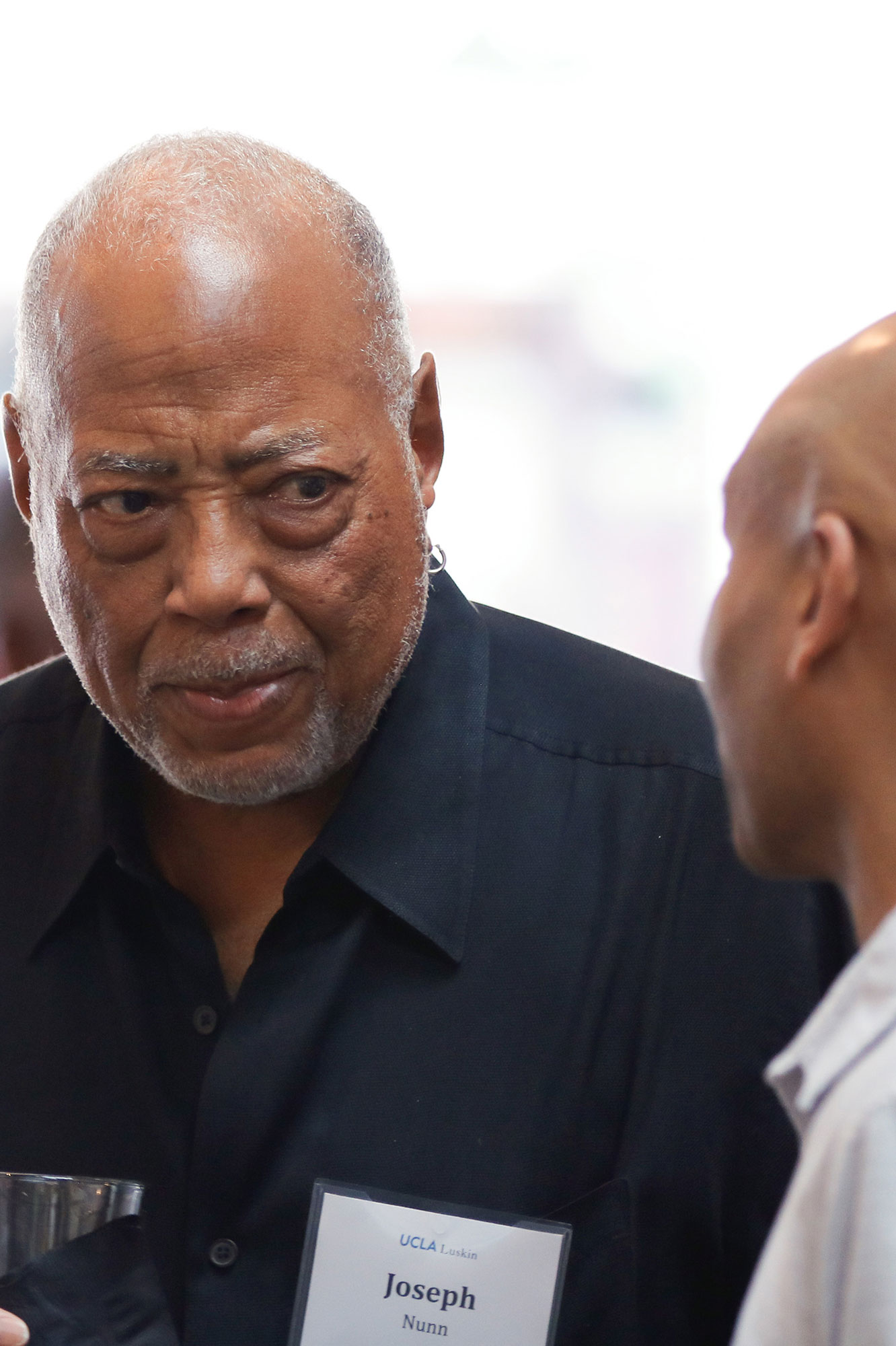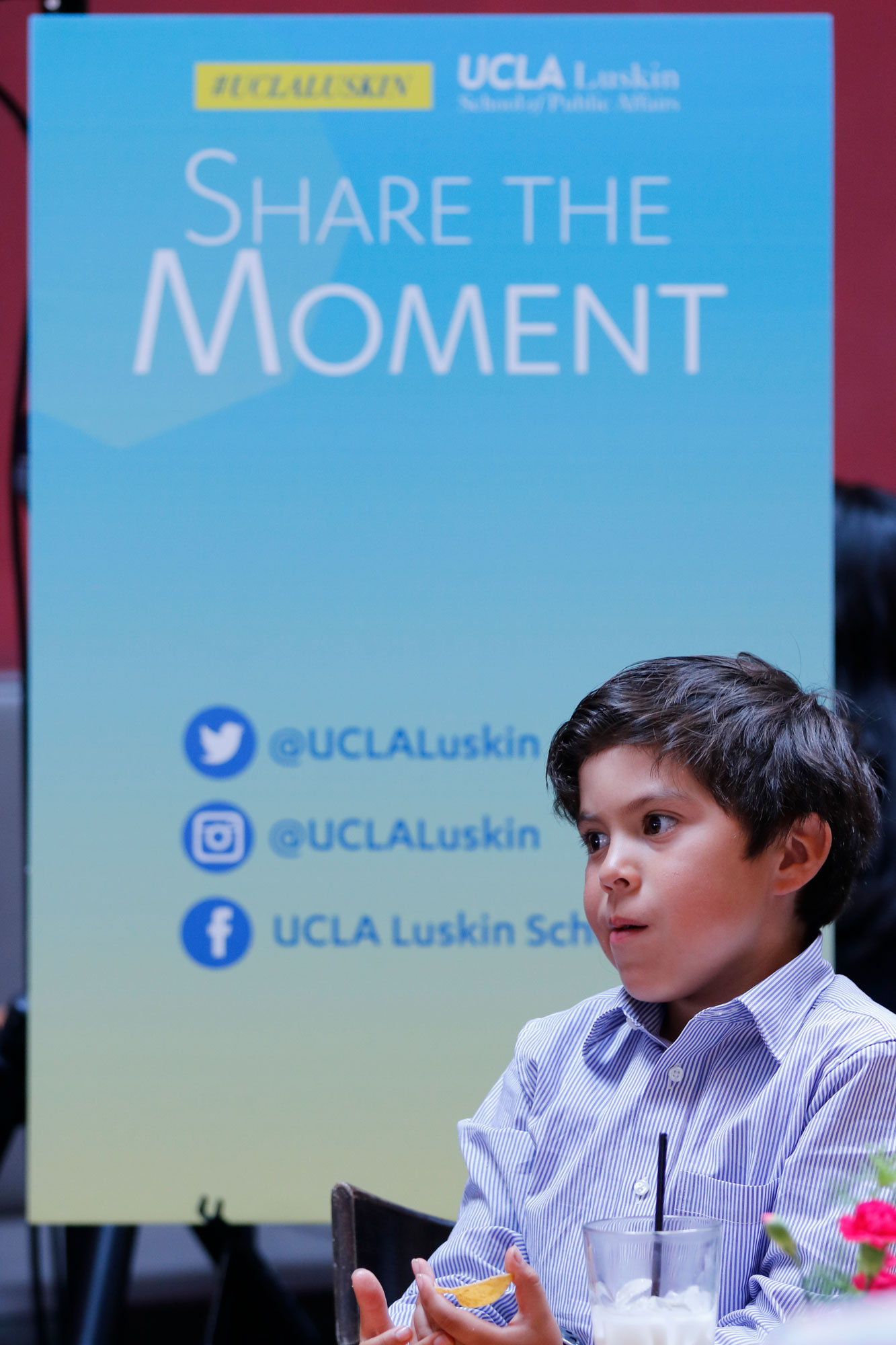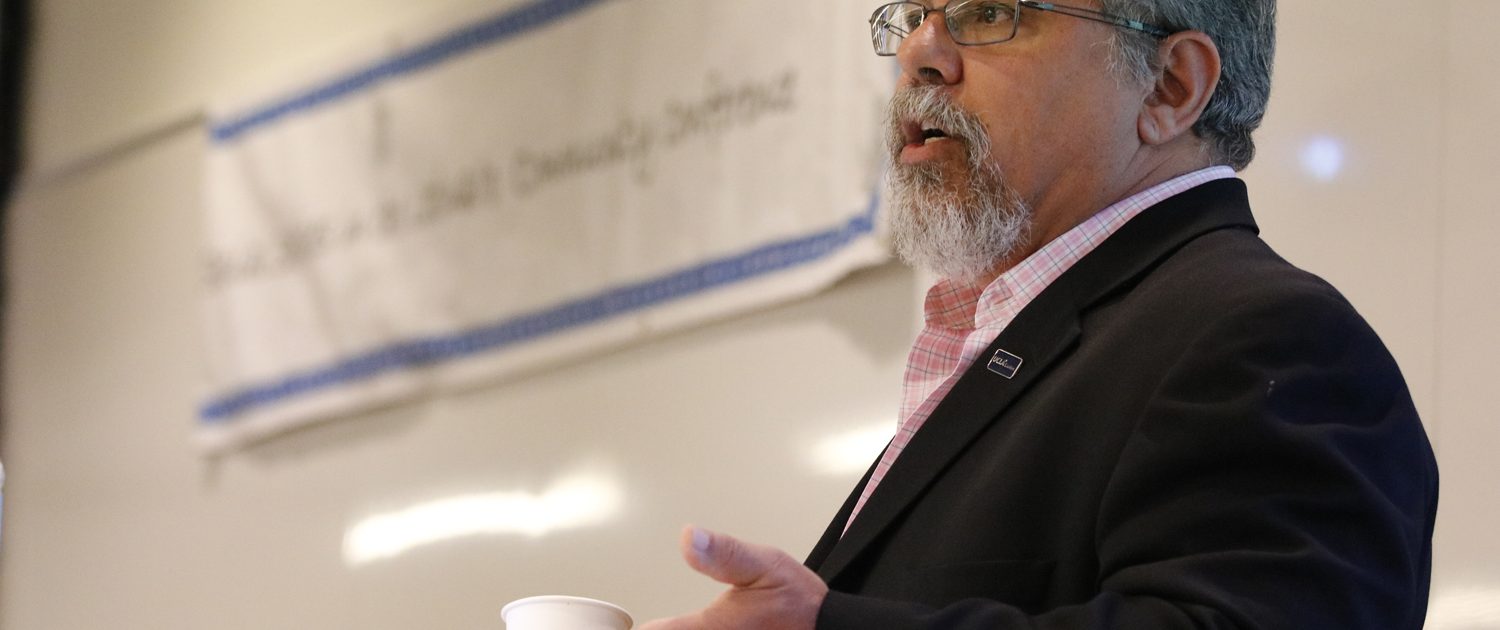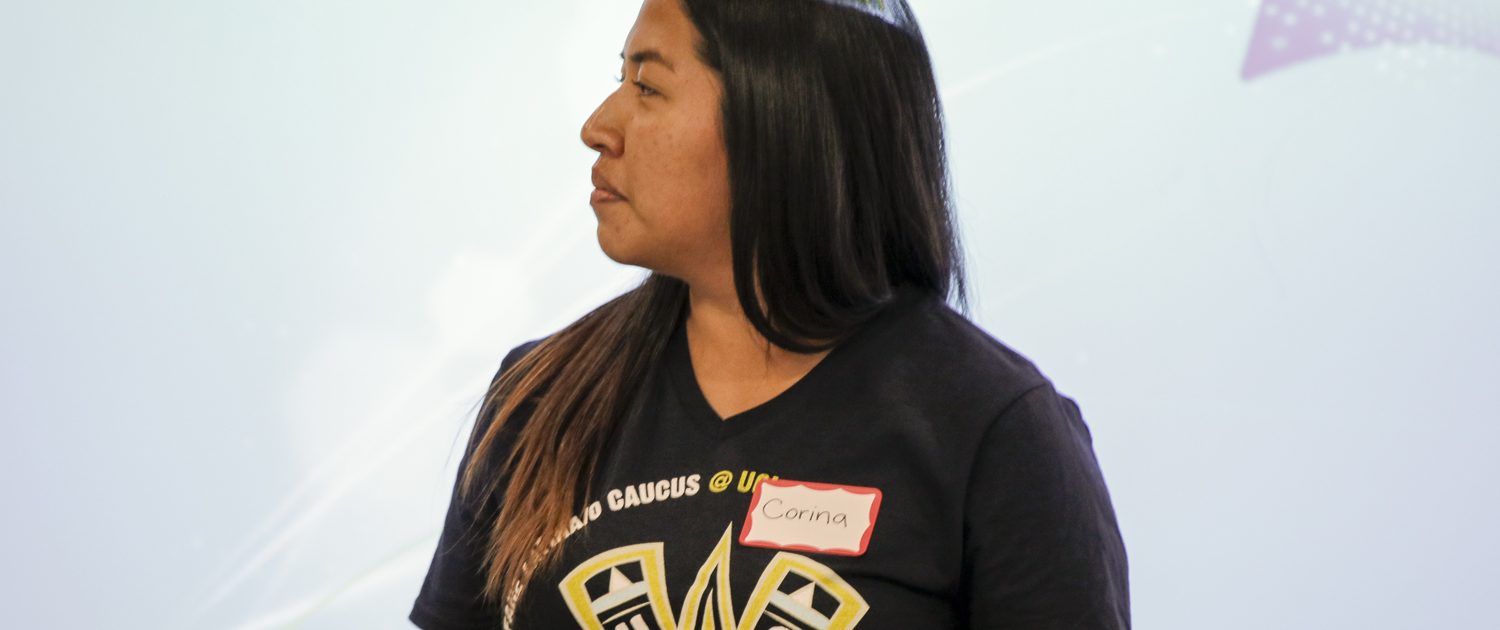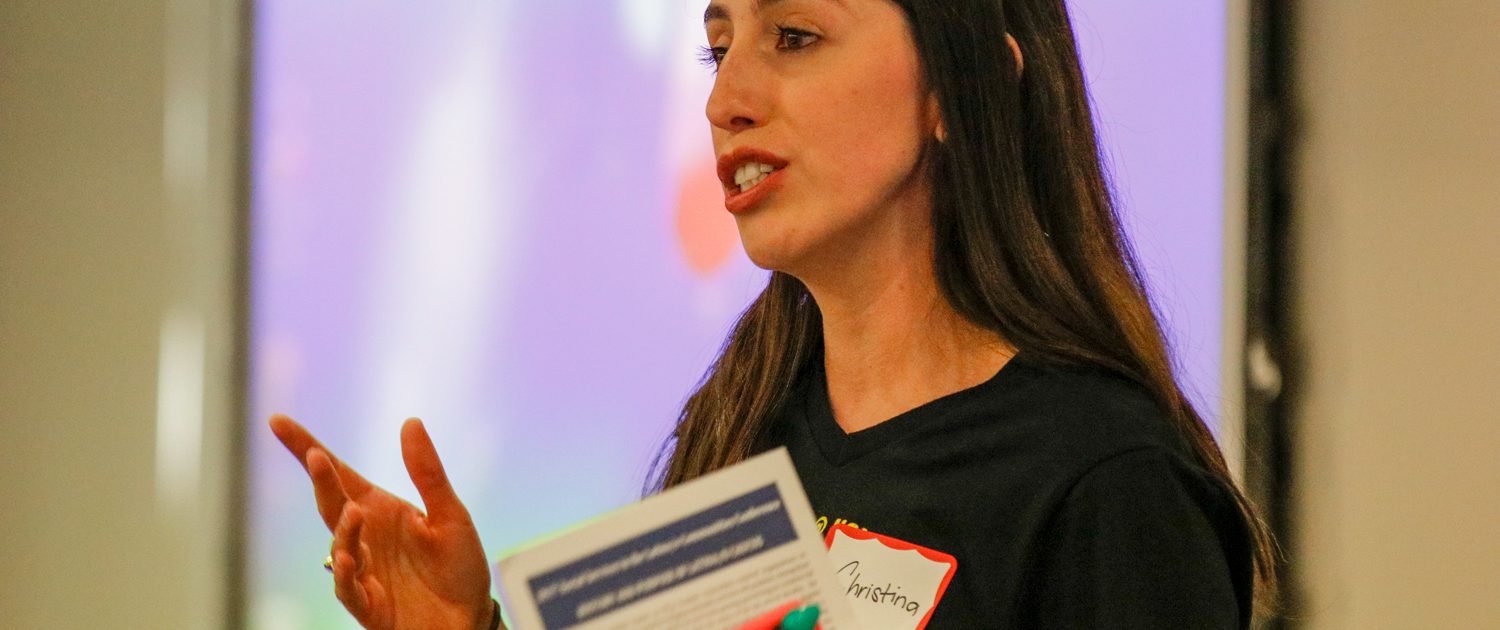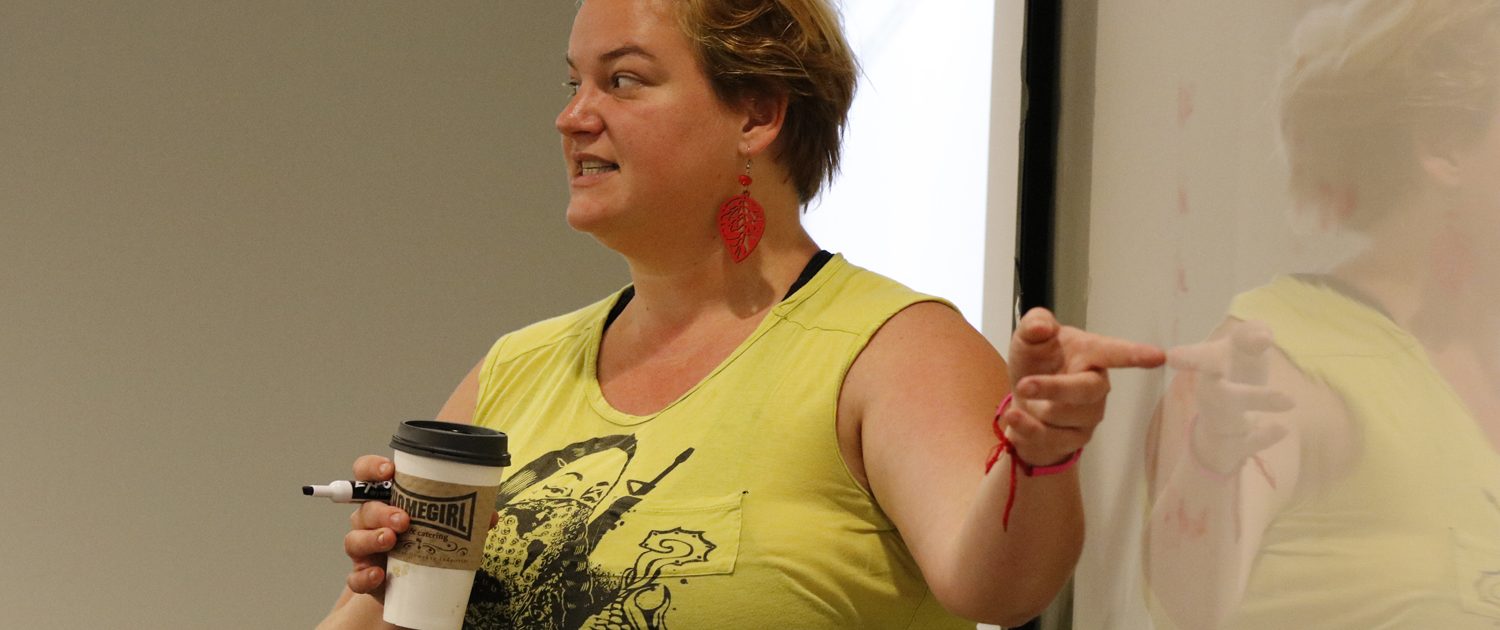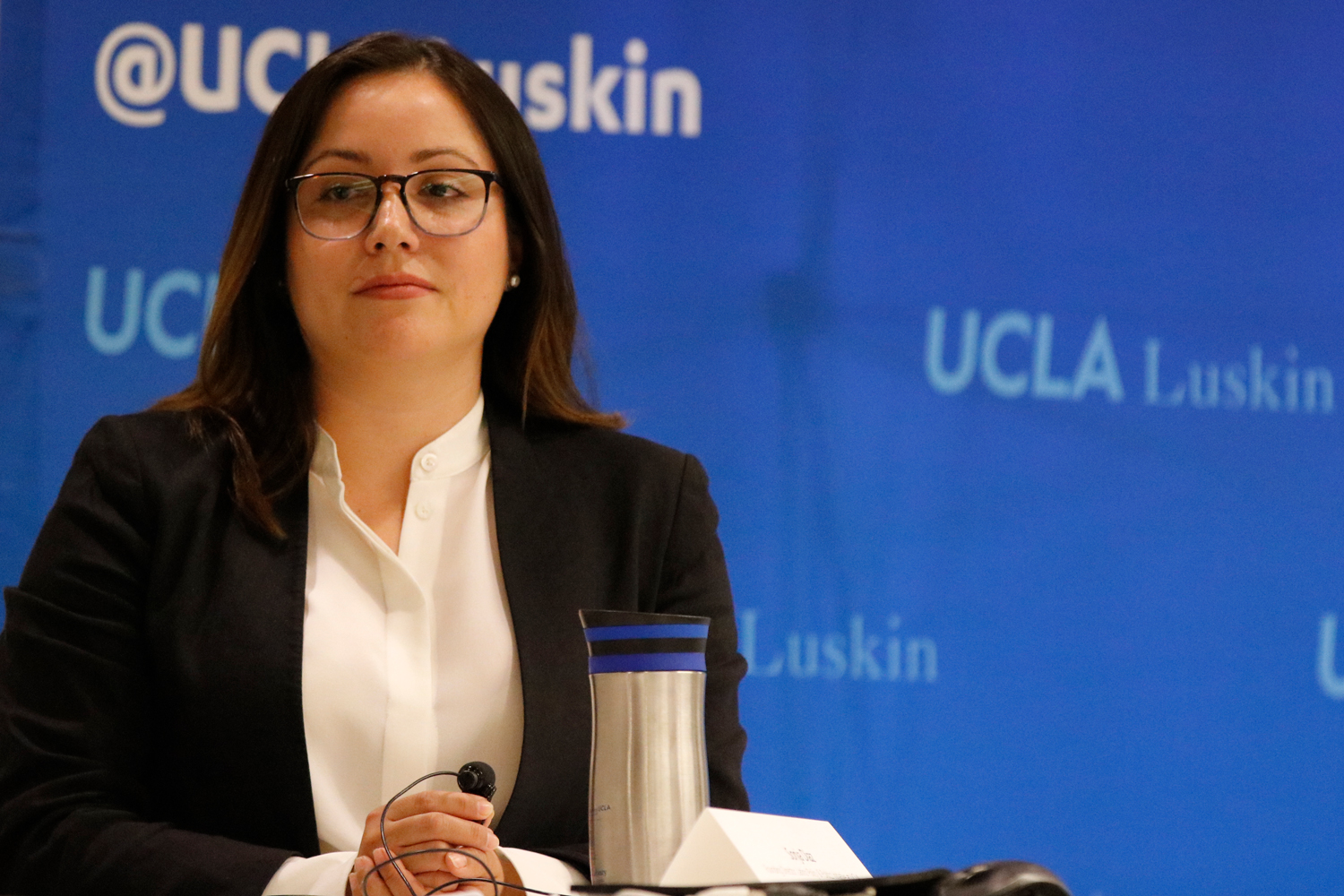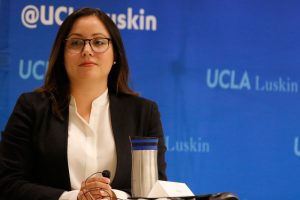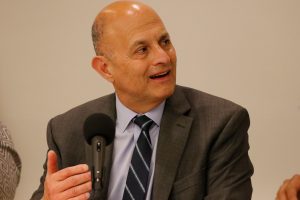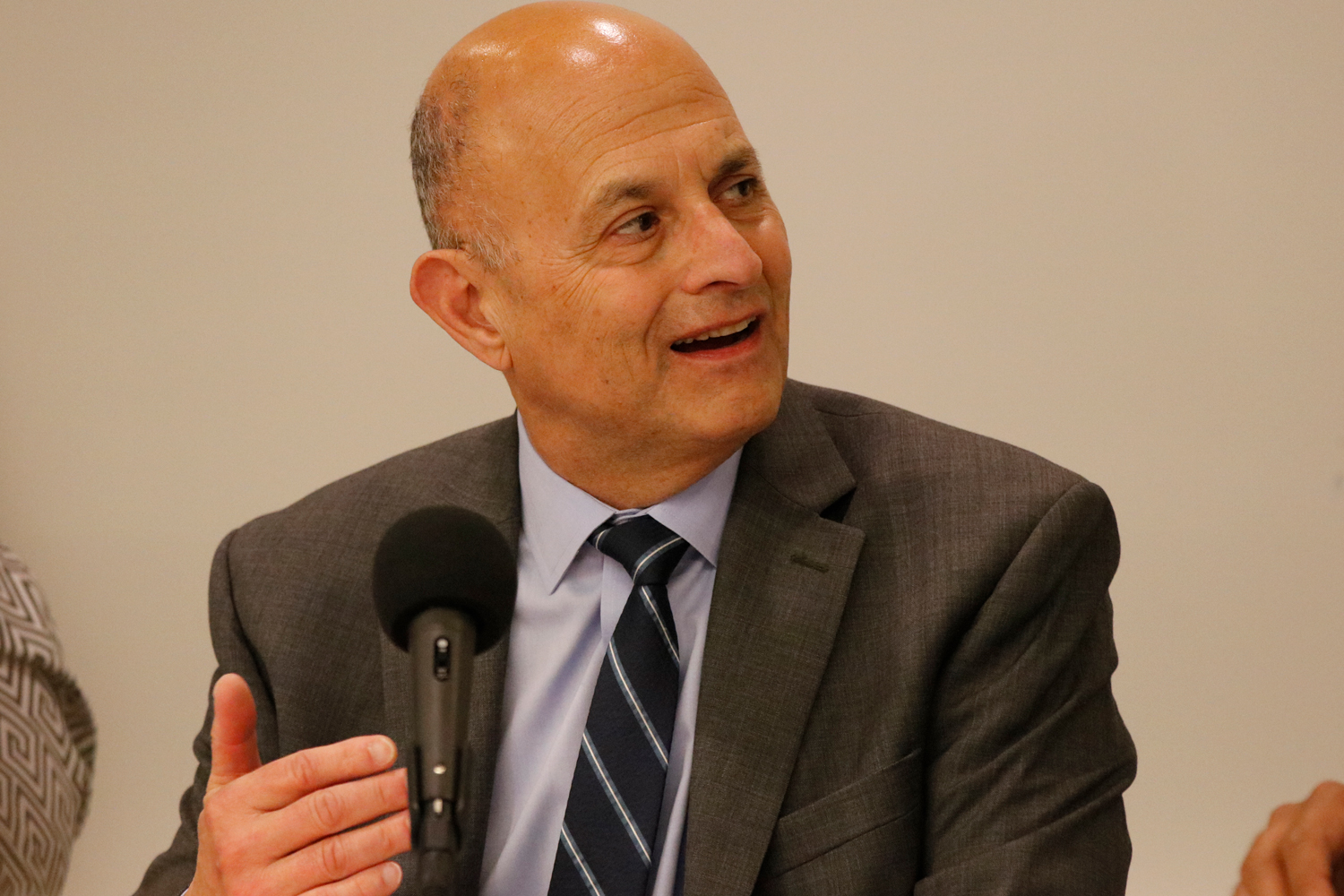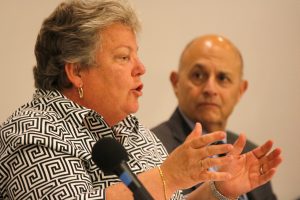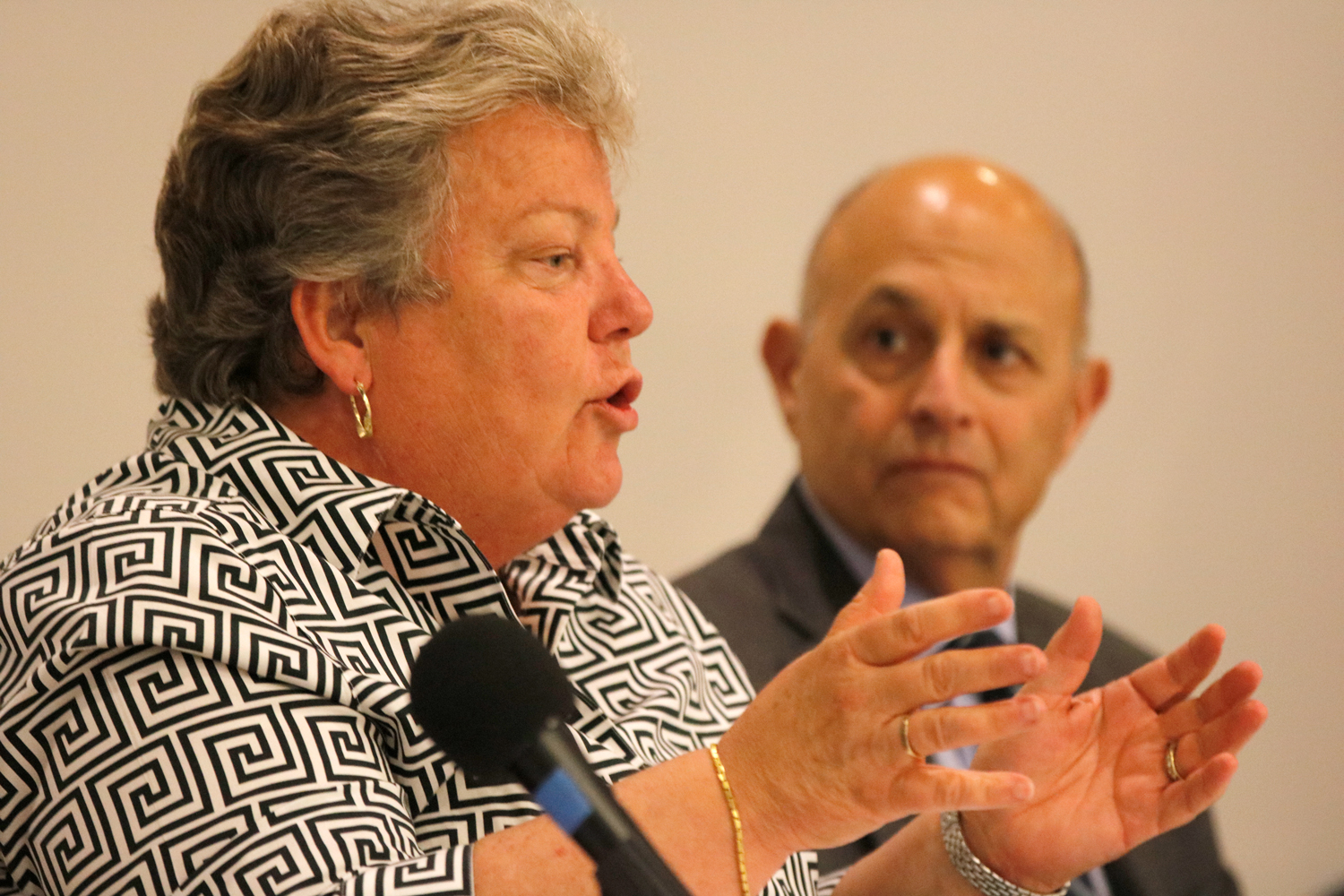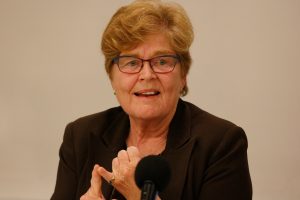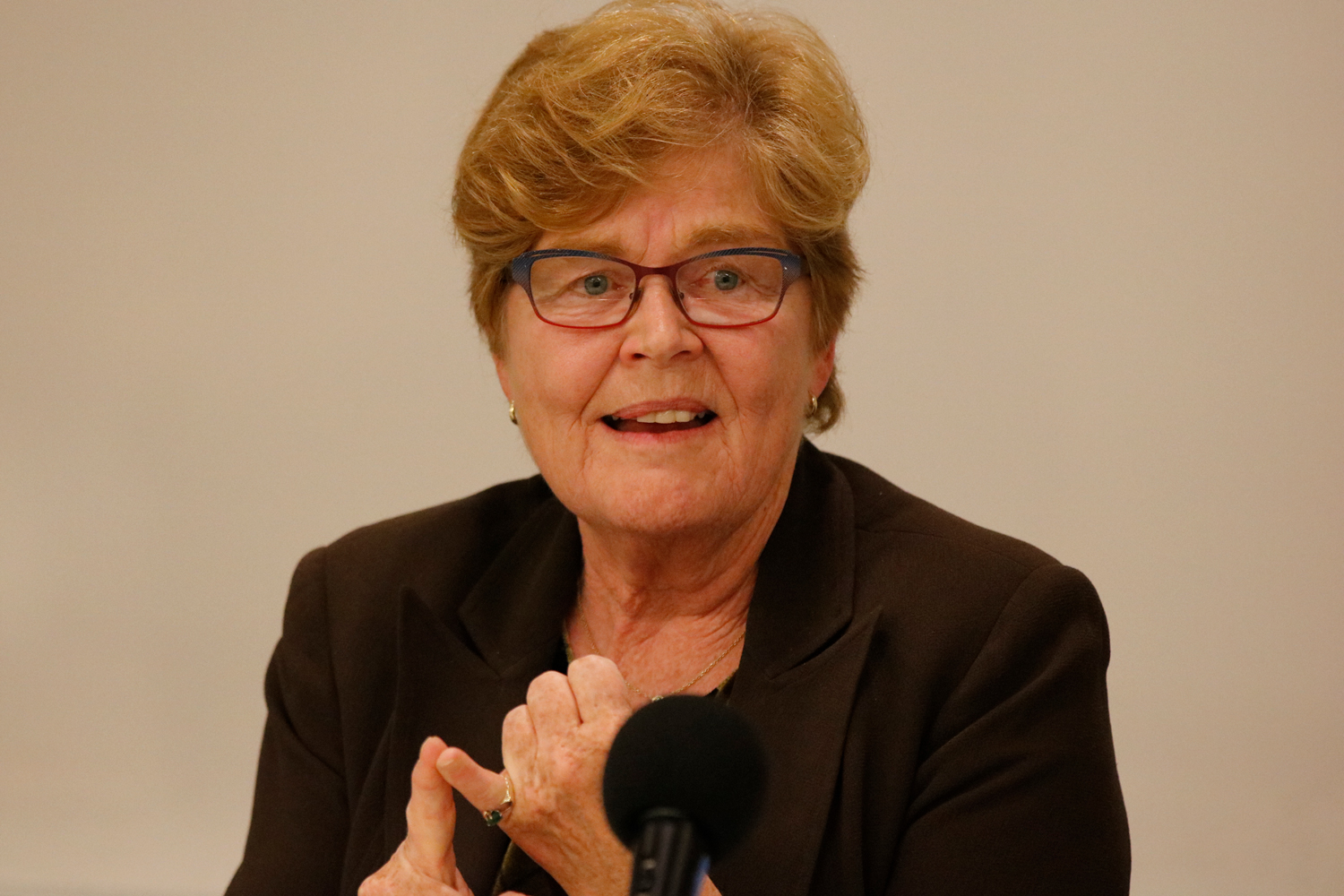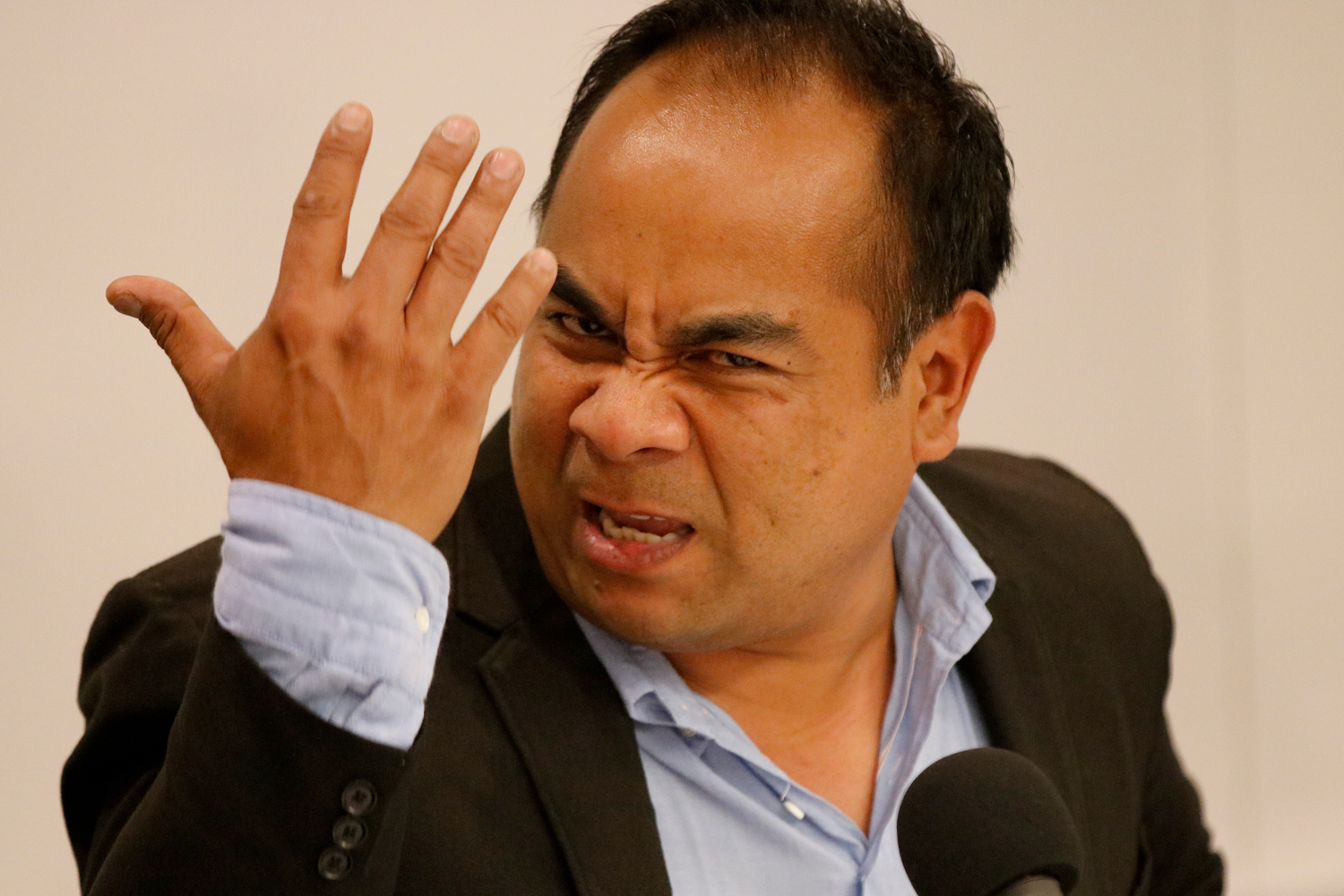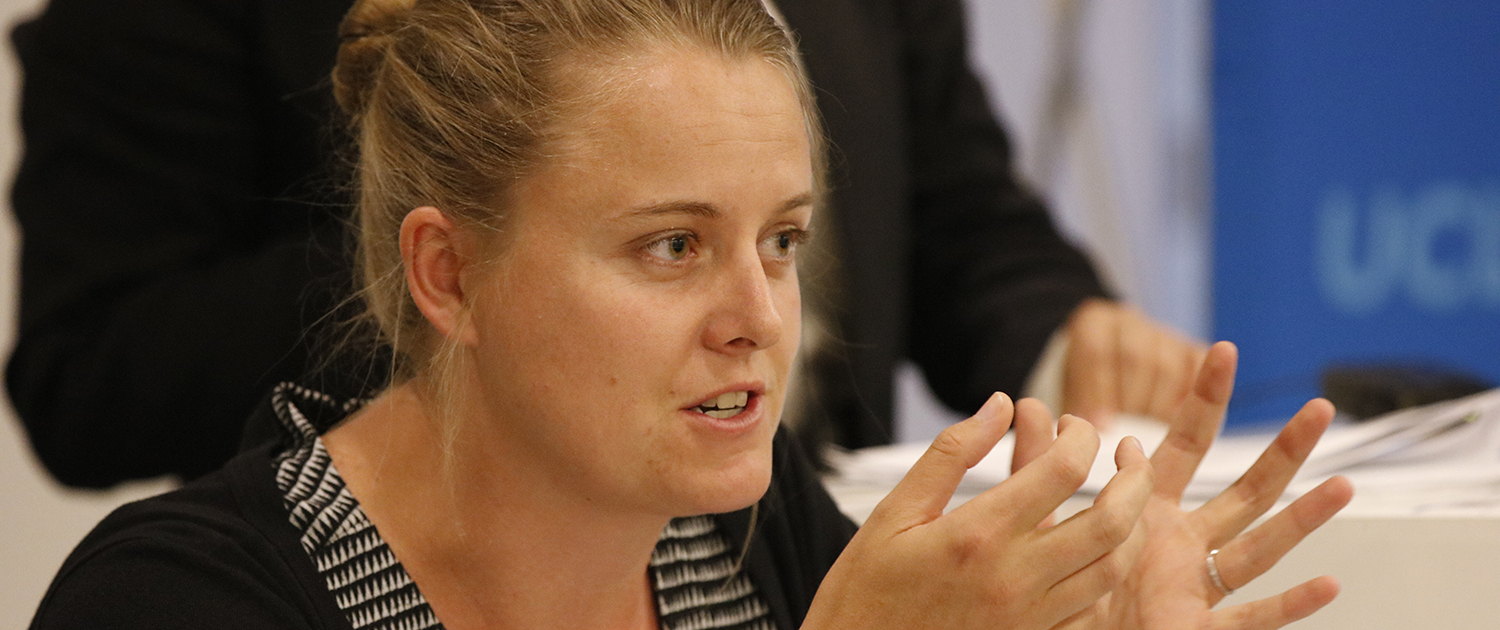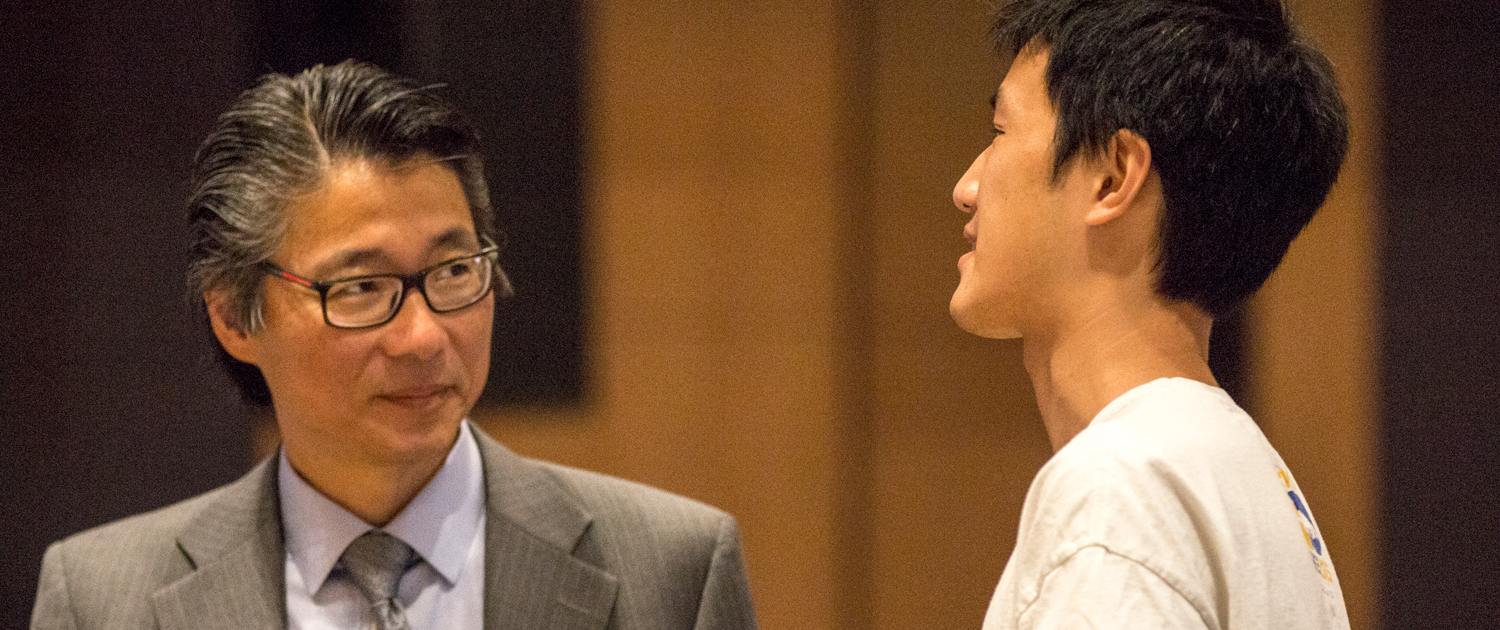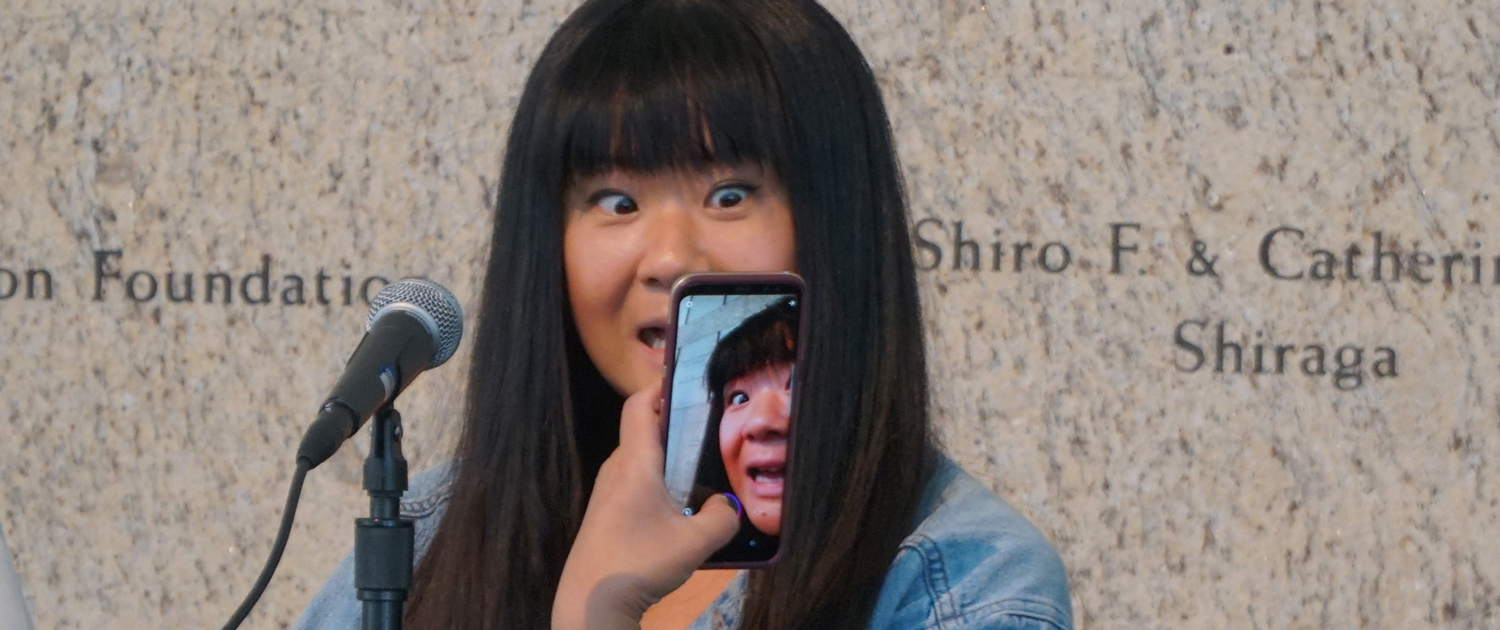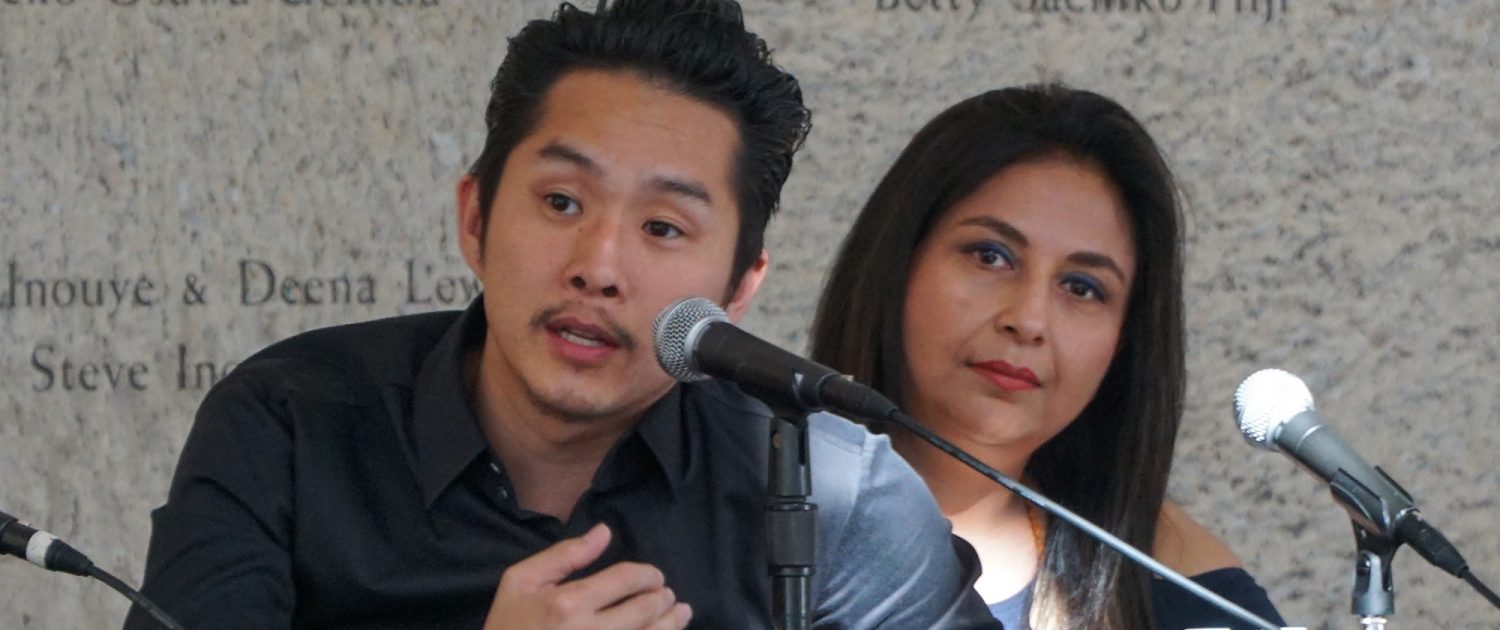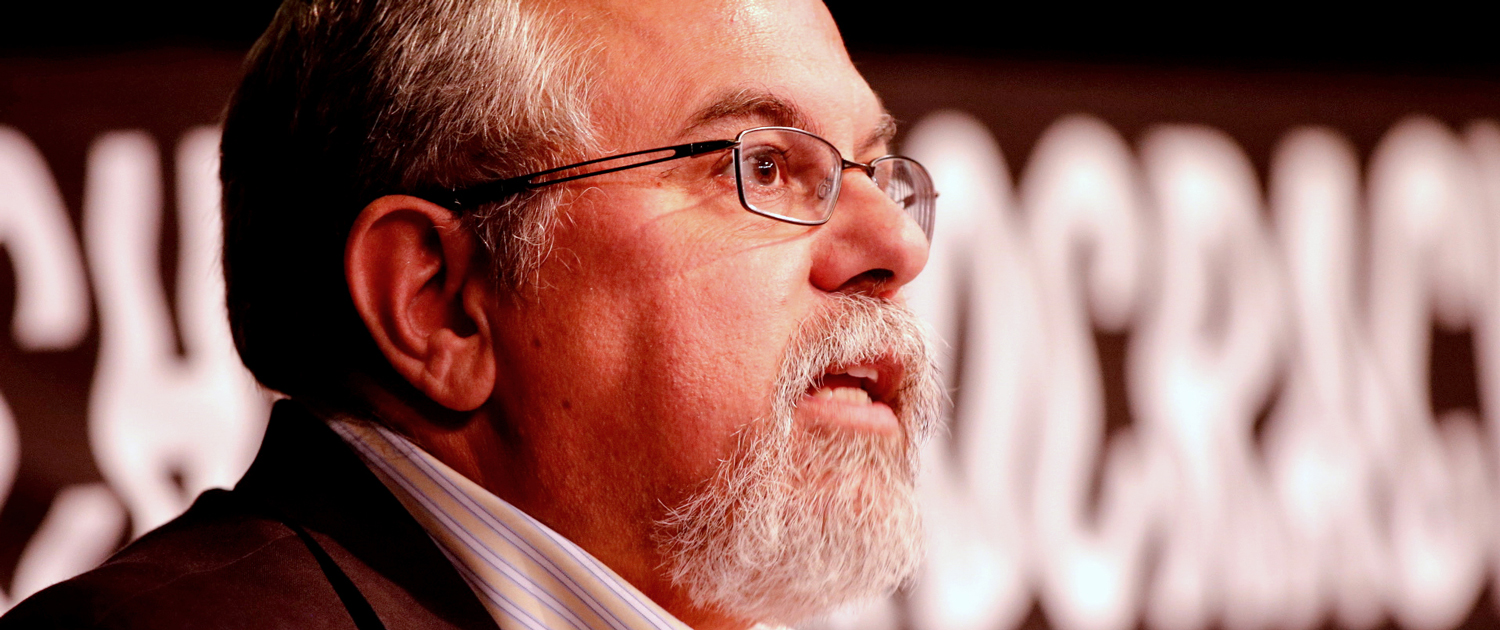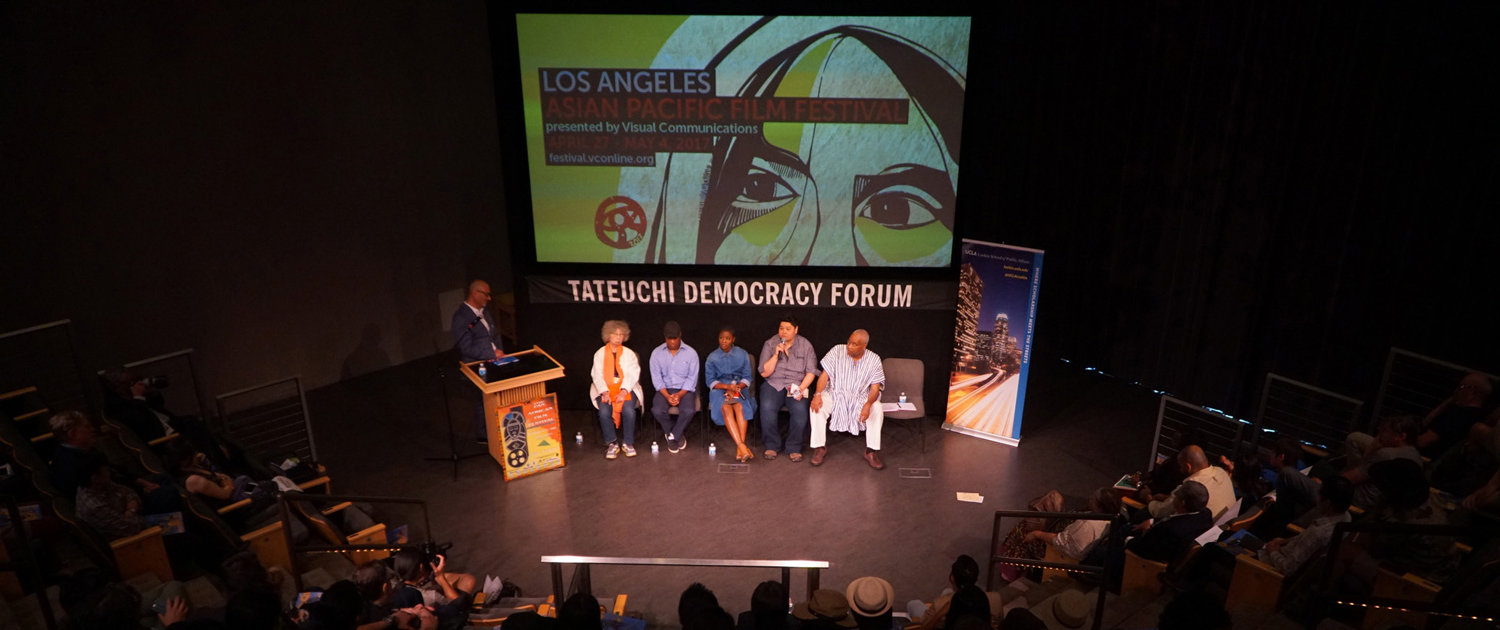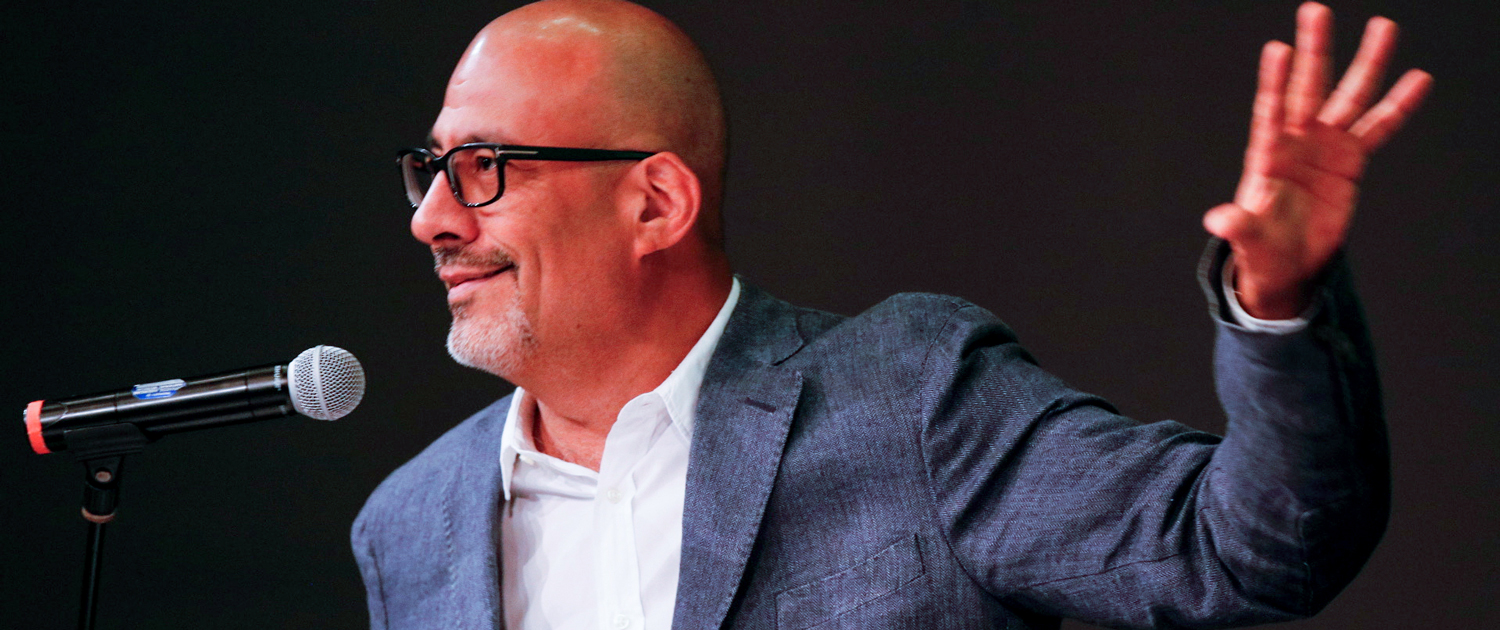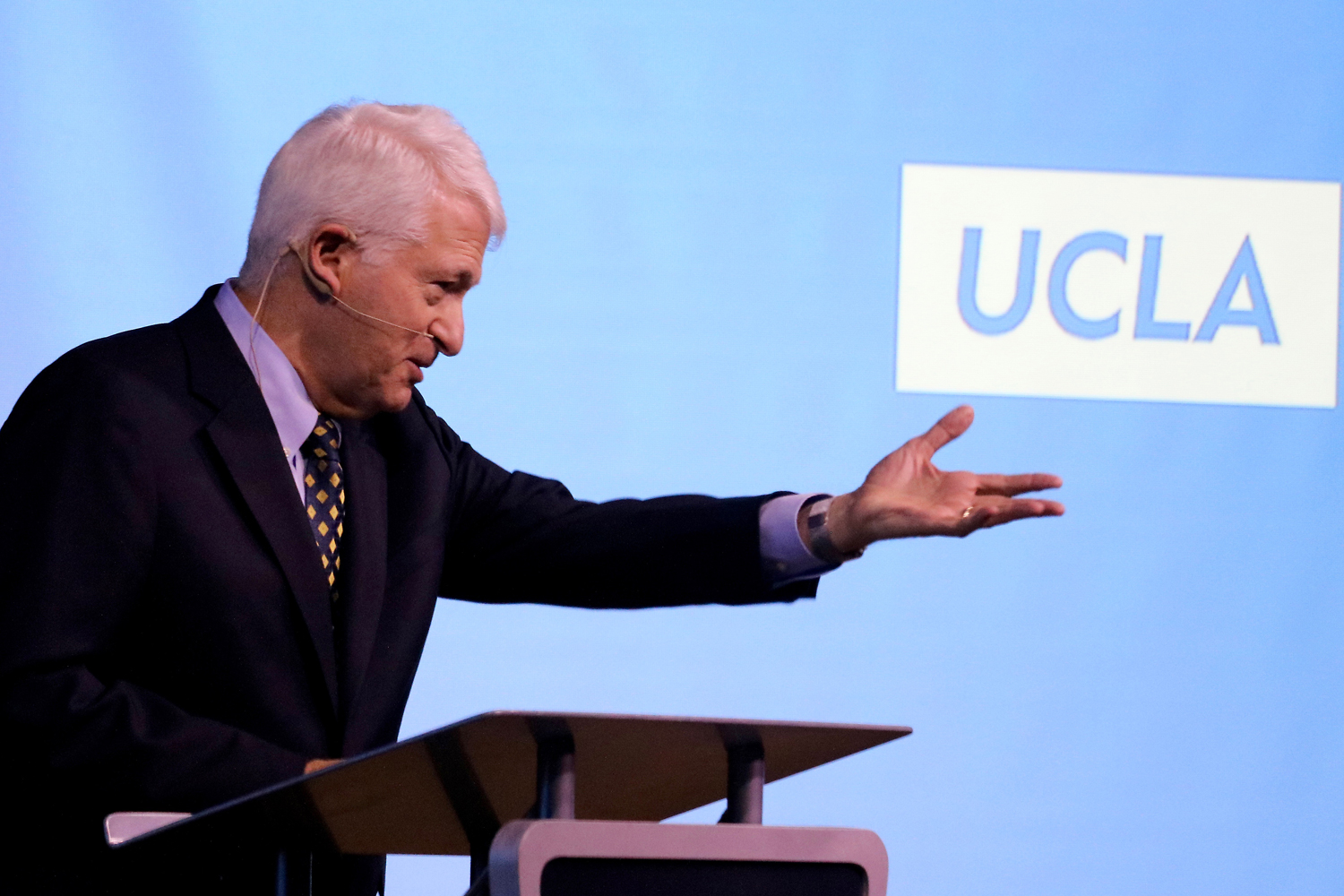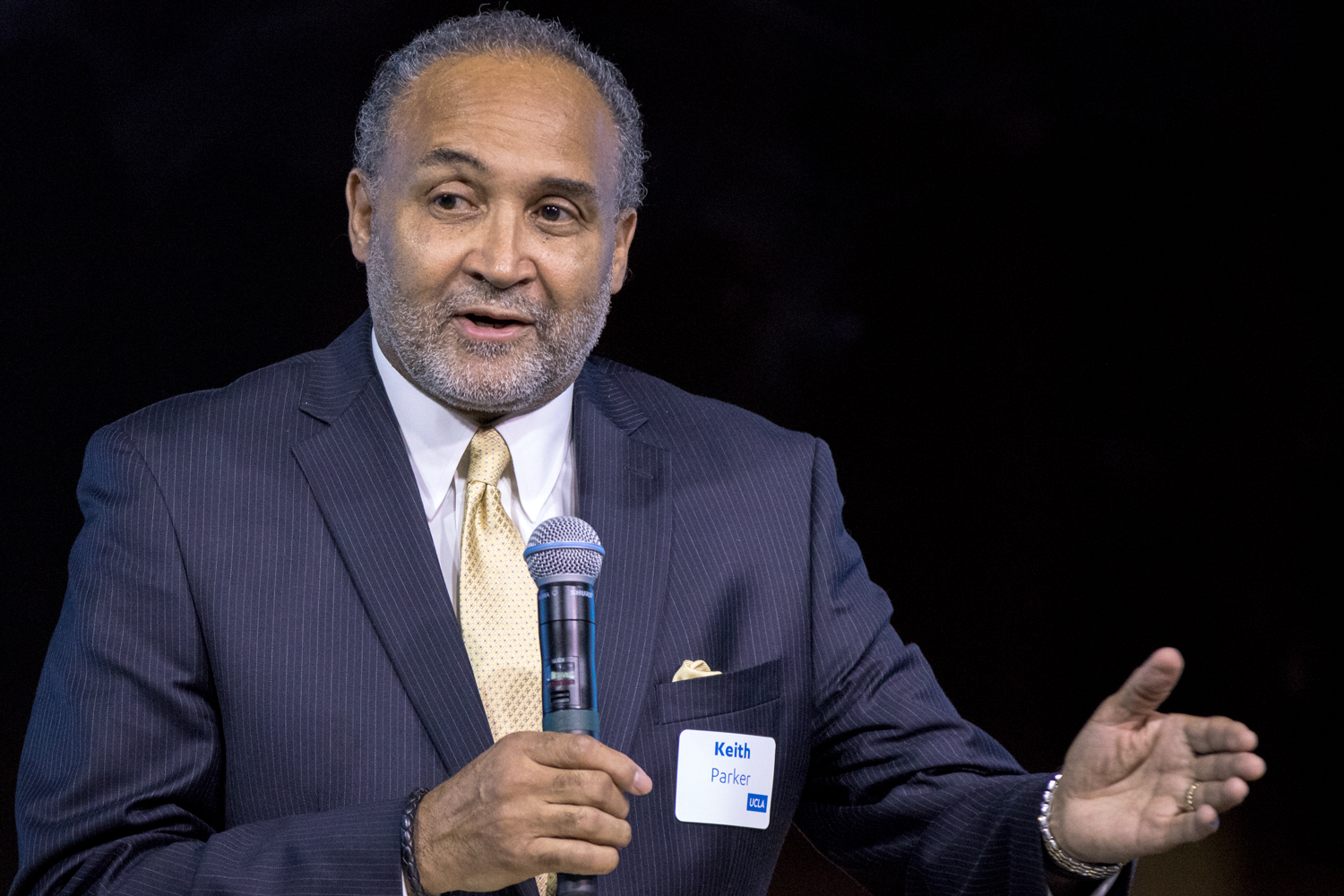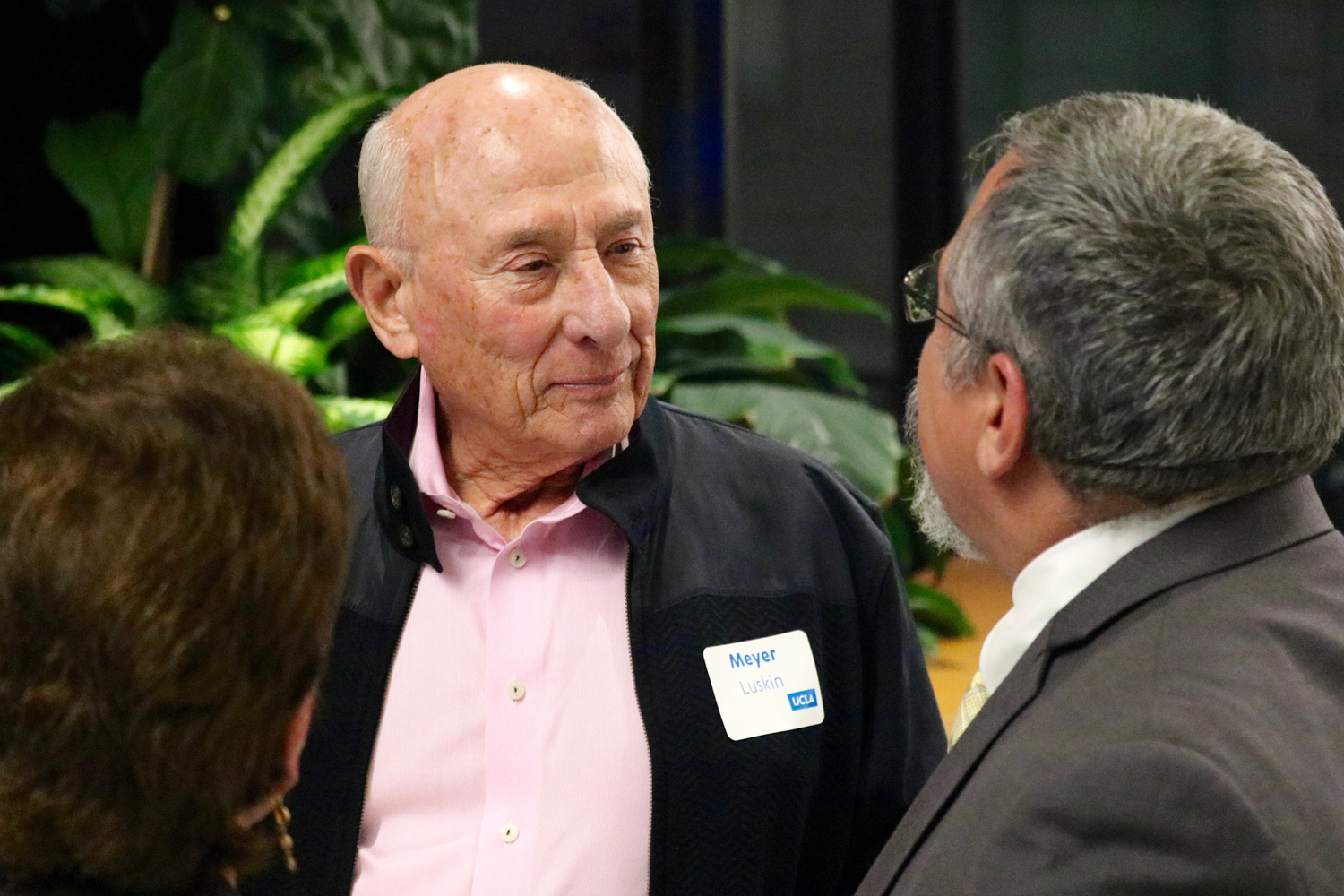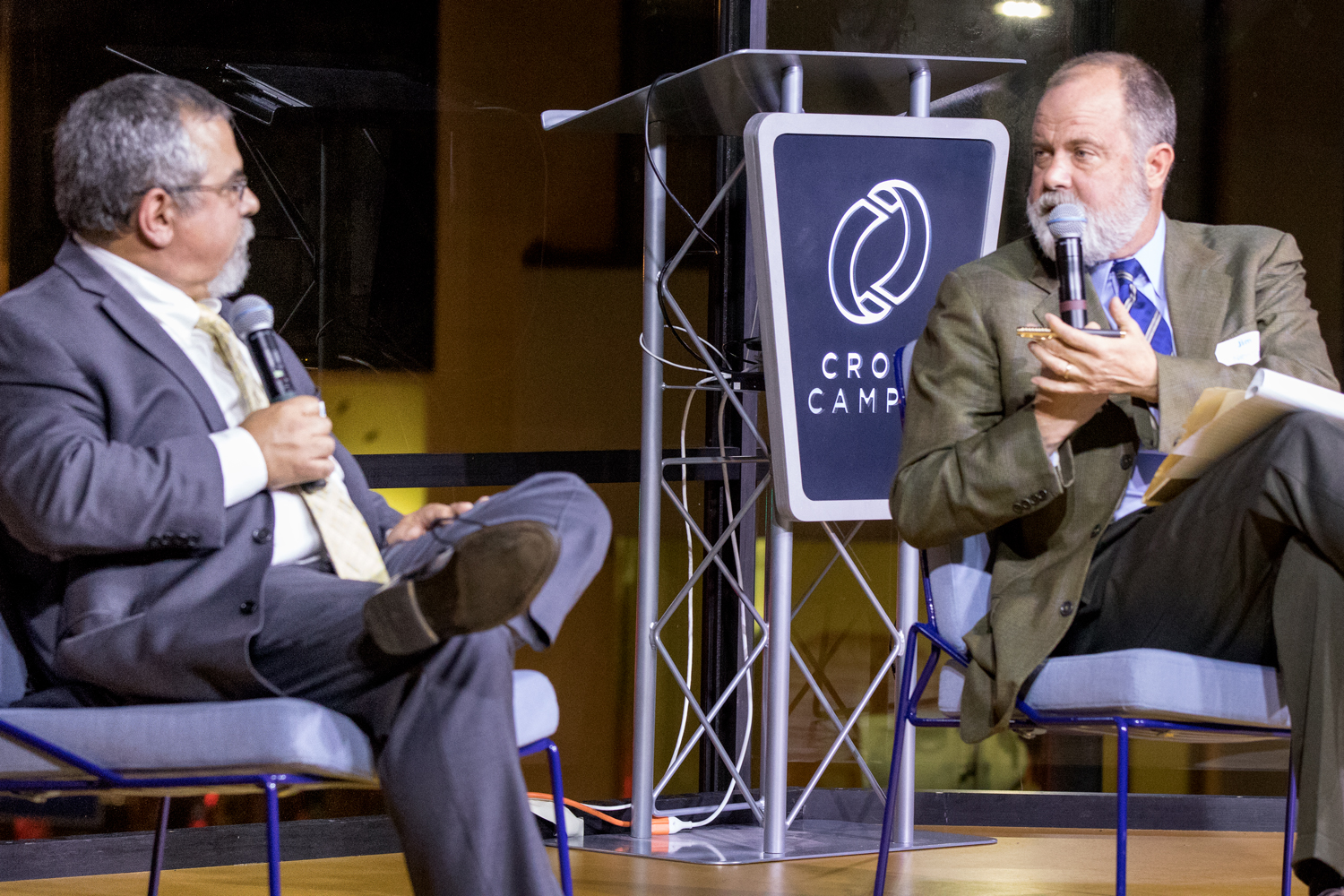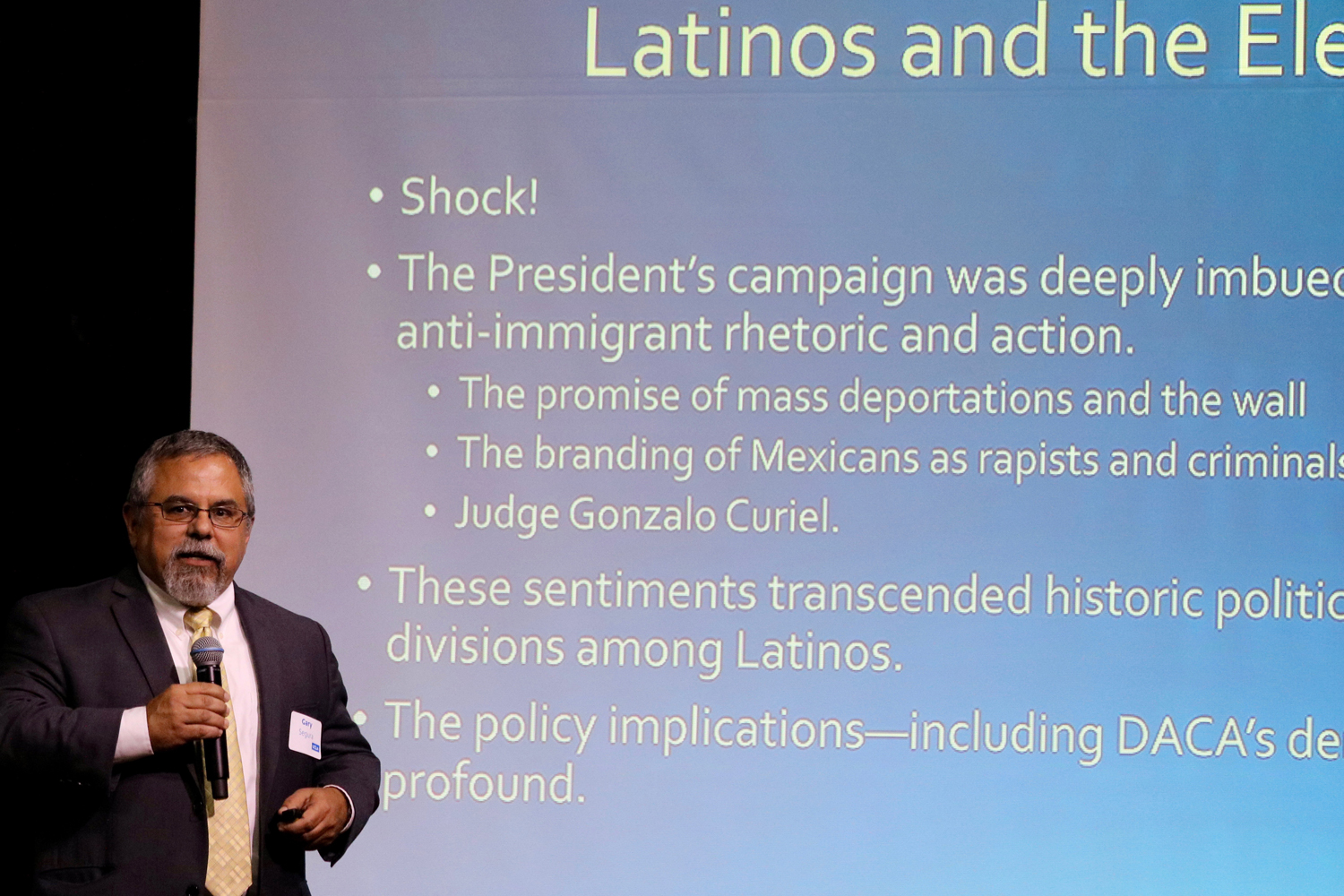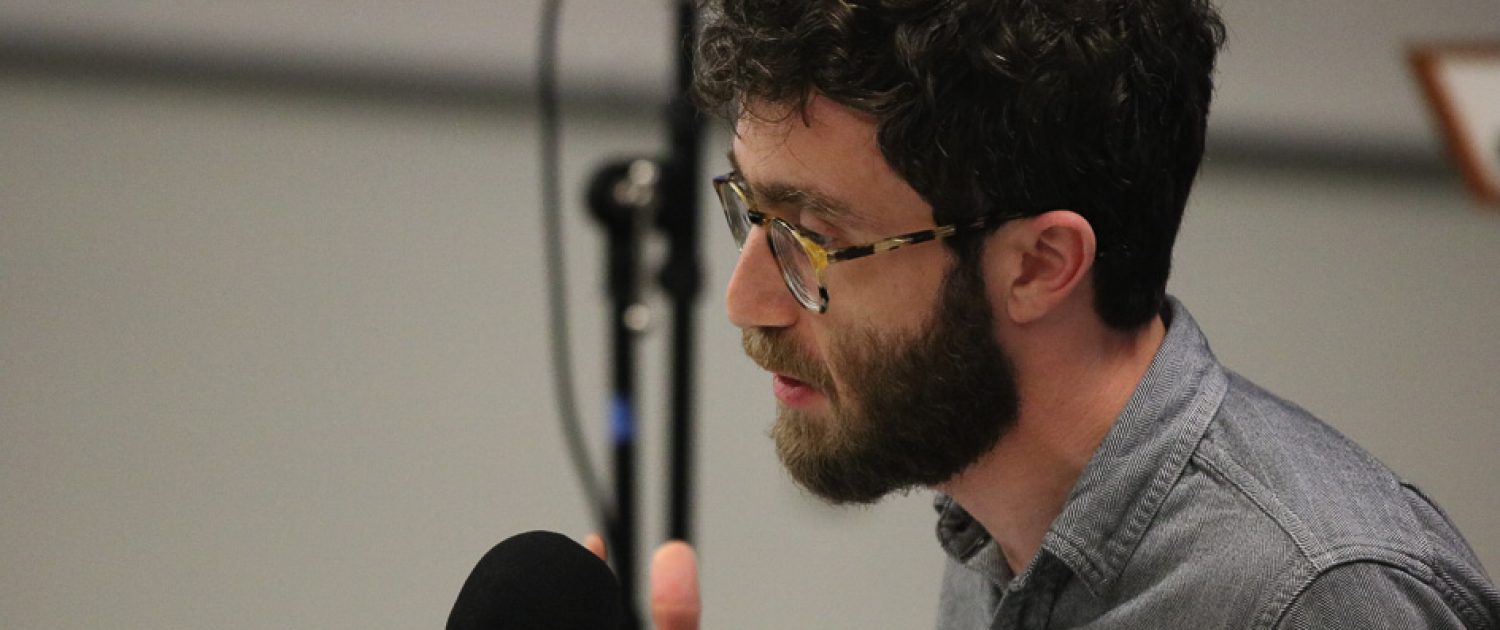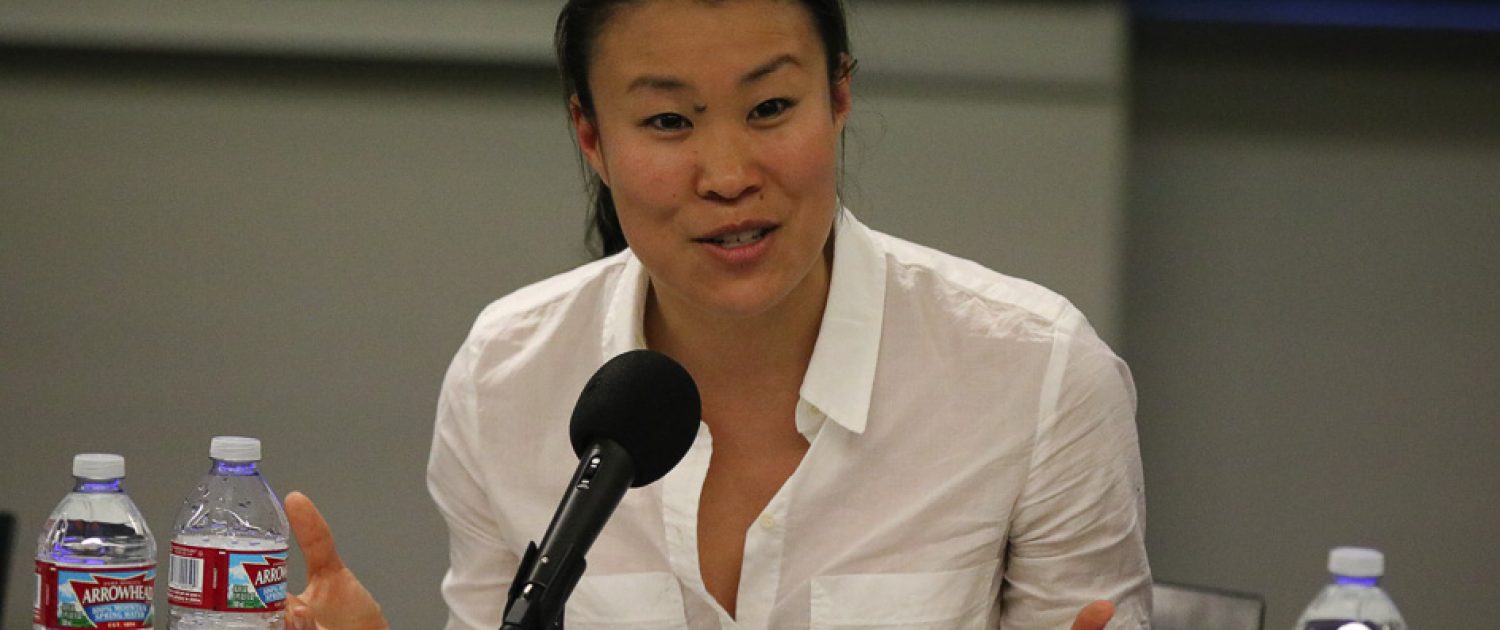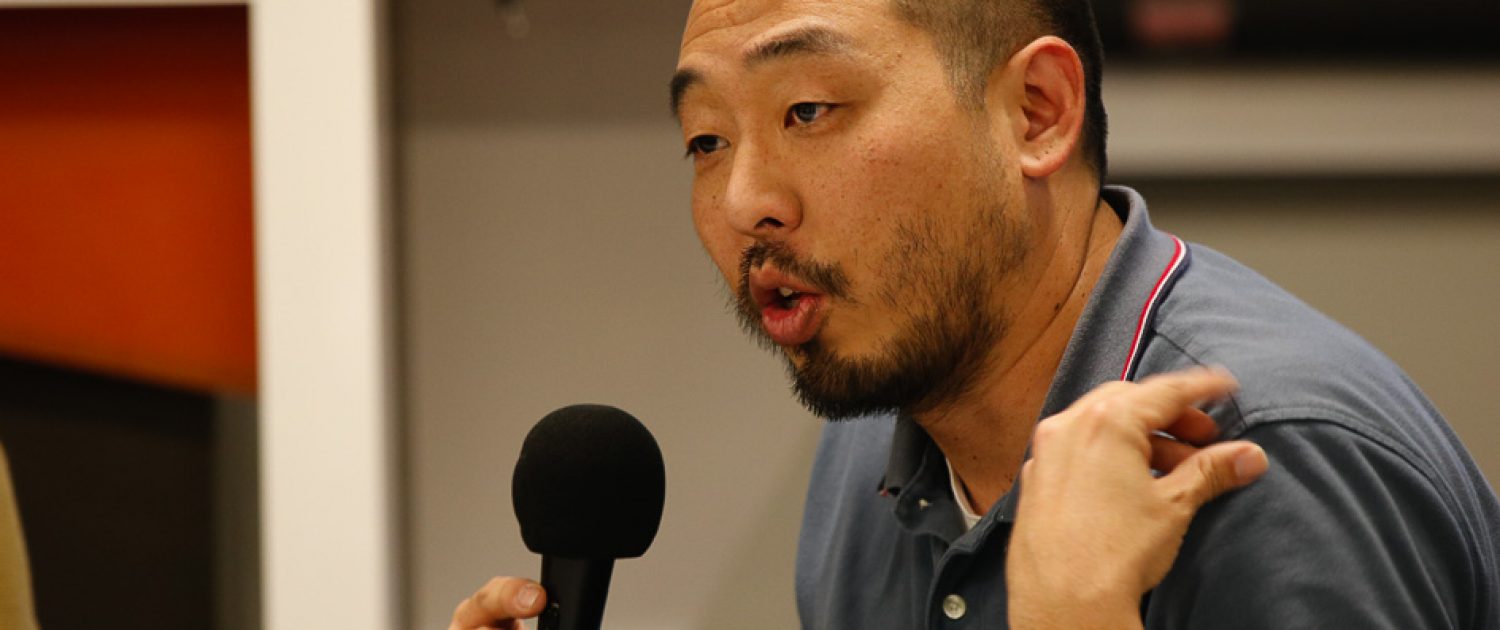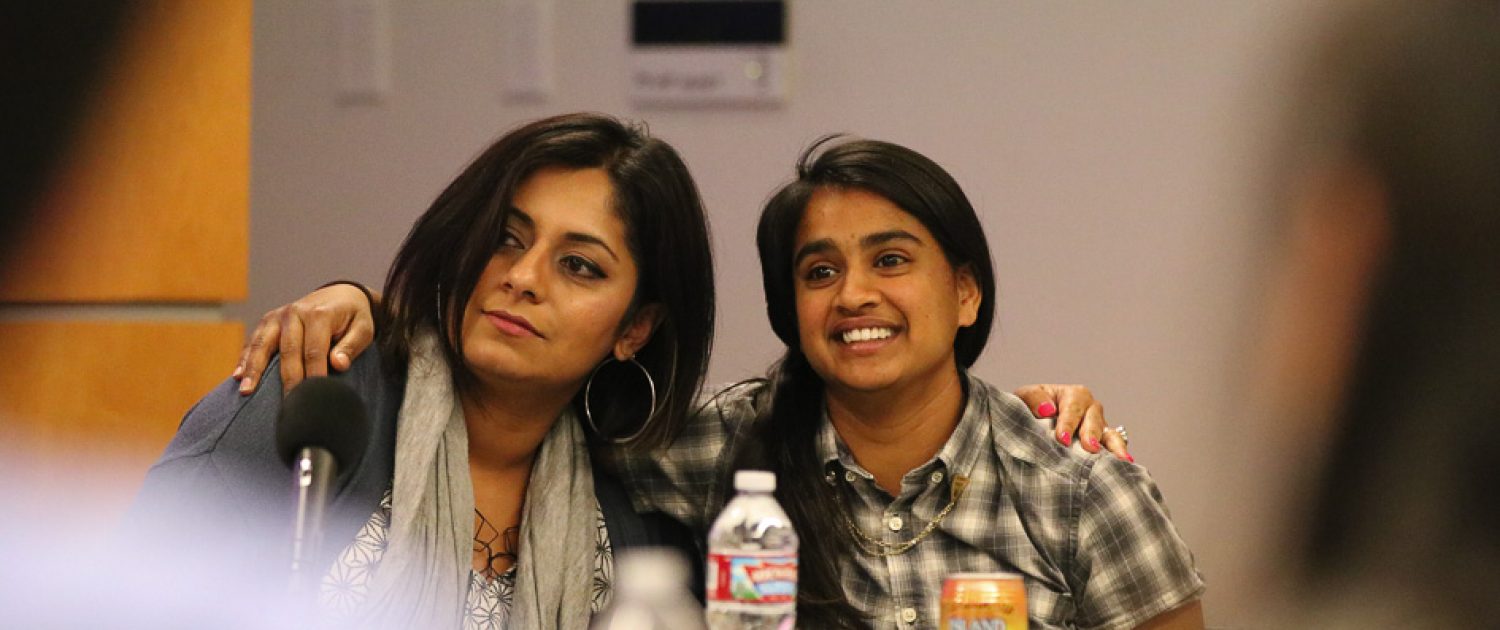Proud to be Part of the Luskin Community International students share their experiences, dreams and awareness of anxiety in an uncertain world
By George Foulsham
Eri Suzuki, a Public Policy master’s student from Japan; JianChao Lai, a Social Welfare PhD student from China; and Jorge Loor, an Urban Planning master’s student from Ecuador — described the challenges faced by international students and their families in a world filled with anxiety.
What led you as an international scholar to choose California and the UCLA Luskin School of Public Affairs?
Suzuki: I worked at the Ministry of Education, Culture, Sports, Science and Technology in Japan. The Japanese government has a program that provides for government officials who have several years of work experience to study abroad. I was in charge of the Japanese National University division and my job was mainly to interpret the law of Japanese National Universities. And through working at the Higher Education Bureau in Japan I realized that there are so many problems in Japanese higher education policy, like tuition, scholarships, finance and budget at universities, especially since the Japanese economy is shrinking right now. So I started getting interested in studying in the U.S. because there are so many world-famous universities here. And I thought maybe as being a grad student I can learn hints or key factors that can be applied to Japanese universities. So I decided to apply to this program through the Japanese government.
Lai: I did my undergrad in social work in China. Social work is a newly developed major — we did not have it 30 years ago. It is fairly new and it’s not complete. So I went to America to study social work. I went to Wisconsin for my MSW. I love to come to large cities like New York and L.A., a more vibrant city feel, and also because of the reputation of UCLA. And I did some stalking online for professors and I found my adviser, Todd Franke. He really matches with my interests, and he is such a great mentor. So I decided to come here, and it’s been a great decision so far.
Loor: I was at a grad school fair when I was at the University of Texas — this was back in 2008 or 2009 — and this school (Luskin) was there. I was toying with this idea to go into urban studies at Texas. My degree is in civil engineering and I wanted something else so I added on history. While I was fulfilling the major I got into an urban studies class and I liked it. I always wanted to come back to L.A. and since I knew this school existed and this program existed, and I knew I wanted to come back to L.A., so I only applied to UCLA. I didn’t apply anywhere else because I know there is a certain prestige to the name. This was just a really good program.
There’s been a lot of talk about travel bans being instituted by our new president. Has that impacted your life in any way? What kinds of things are you hearing from family, friends and other international students about this issue?
Suzuki: As a government official at Japan’s Ministry of Education, I am really concerned about the ban’s effect in the near future on the interaction between Japanese and American students or researchers, or the number of Japanese people who want to study abroad here. They may decide not to come here because they realize maybe that the ban will affect getting a visa to come here.
Lai: The travel ban hasn’t impacted me or my family that much, but the new president’s attitude and actions toward women — cutting funding for Planned Parenthood and Violence Against Women Act, and science education and the EPA — some of my friends are directly influenced by those actions. As a female and a student researcher, that concerns me a lot — together with the travel ban. The globalization process is inevitable, and only through cooperation between countries can we make win-win situations. These actions may only cause hatred and discrimination, but can’t bring the good side of humankind.
Loor: Just tangentially because my mom went to Jordan a few weeks ago for a vacation with her sister. I was just worried about it, though there was no real problem. It is a bummer that you have to think about this. The ICE (Immigrant and Customs Enforcement) crackdowns are a big deal here in L.A. I haven’t been directly affected by it, but still I am just hyper aware because of the nature of what I am studying and the nature of the social consciousness of the cohort as a whole.
How has Luskin prepared you to deal with the challenges you may face upon graduation?
Suzuki: I have to return to the ministry of education so I have to continue working. I still am interested in higher education policy. So I really want to work in the higher education policy division but also at the same time my ministry is in charge of sports policy. In 2020 the Olympics Games are coming to Japan and we have the sports agency in the education ministry. So I want to help the city of Tokyo host the Olympic games in 2020. One thing that I learned here is a lot of quantitative analysis skill that I never learned in Japan. It was a really great opportunity for me to learn that skill. I really want to emphasize the importance of data when making education policies once I return to Japan.
Lai: I’m thinking about being a professor or researcher. I used to focus on the clinical side, but then I thought that is really limited, doing just therapy and counseling. I hope one day, using my research, I can actually advocate for those people who have been ignored in research or in services.
I think the resources that Luskin has provided are great: mentorship, the classes, the connections with other schools and other researchers that are related to my interests. That also helped prepare for my research and just doing independent work. And my social skills. And the supportive platform is really important. I felt really welcome here.
Loor: I will more than likely have to go into the private sector. I’ve taken Joan Ling’s three housing courses. For me, at least with my background in engineering, I’m well-suited to go into real estate development, hopefully with some affordable housing development component. Luskin really prepares you a lot. I was looking at jobs earlier this week, and I realized that I am qualified for real estate financial analyst, and I’d never thought about doing this for a career.
